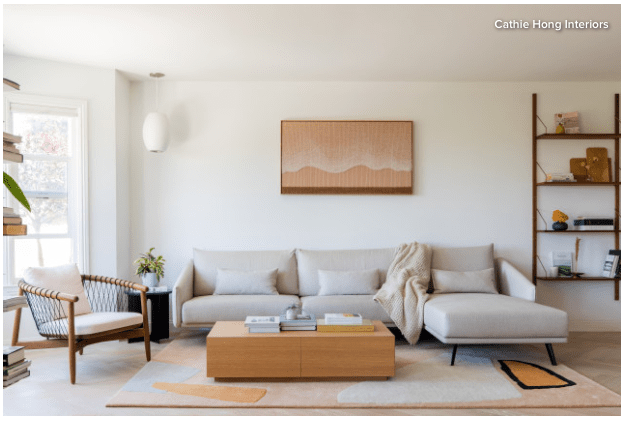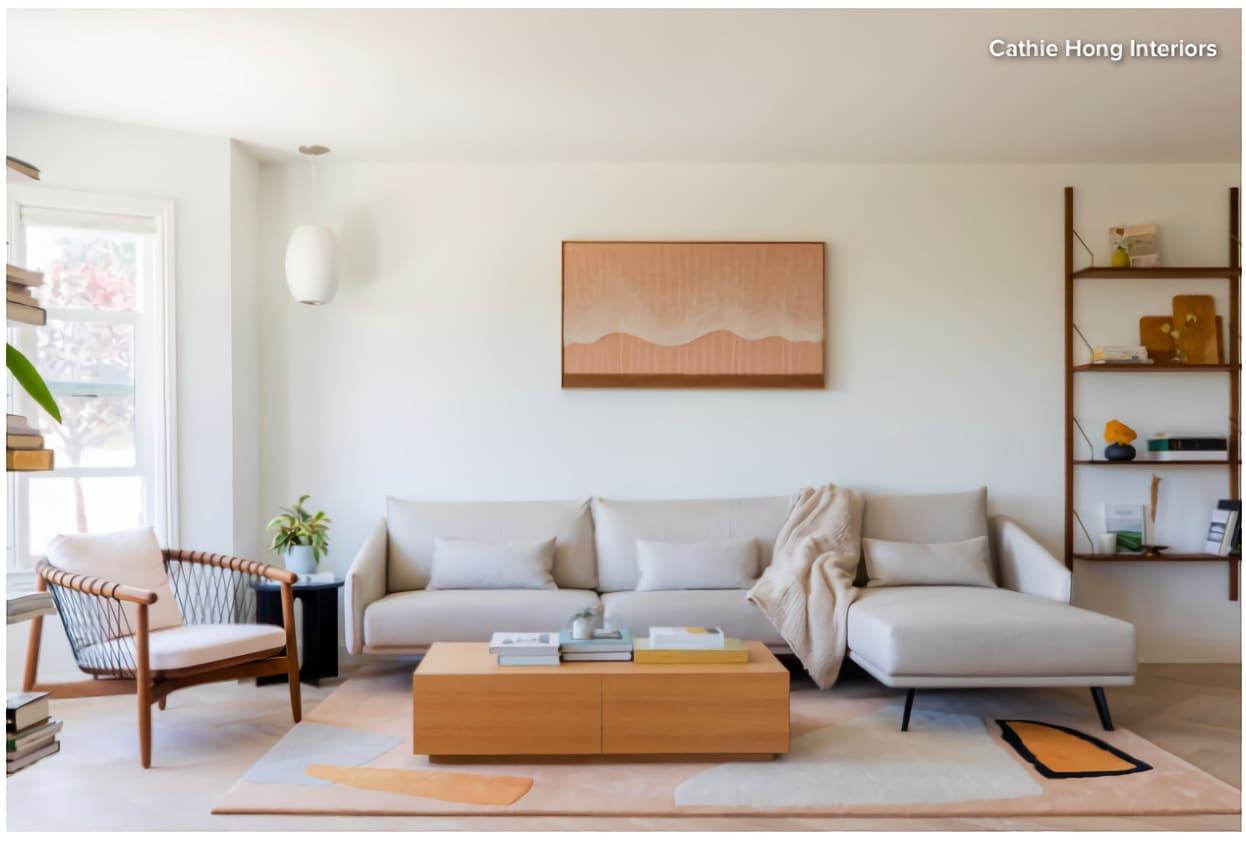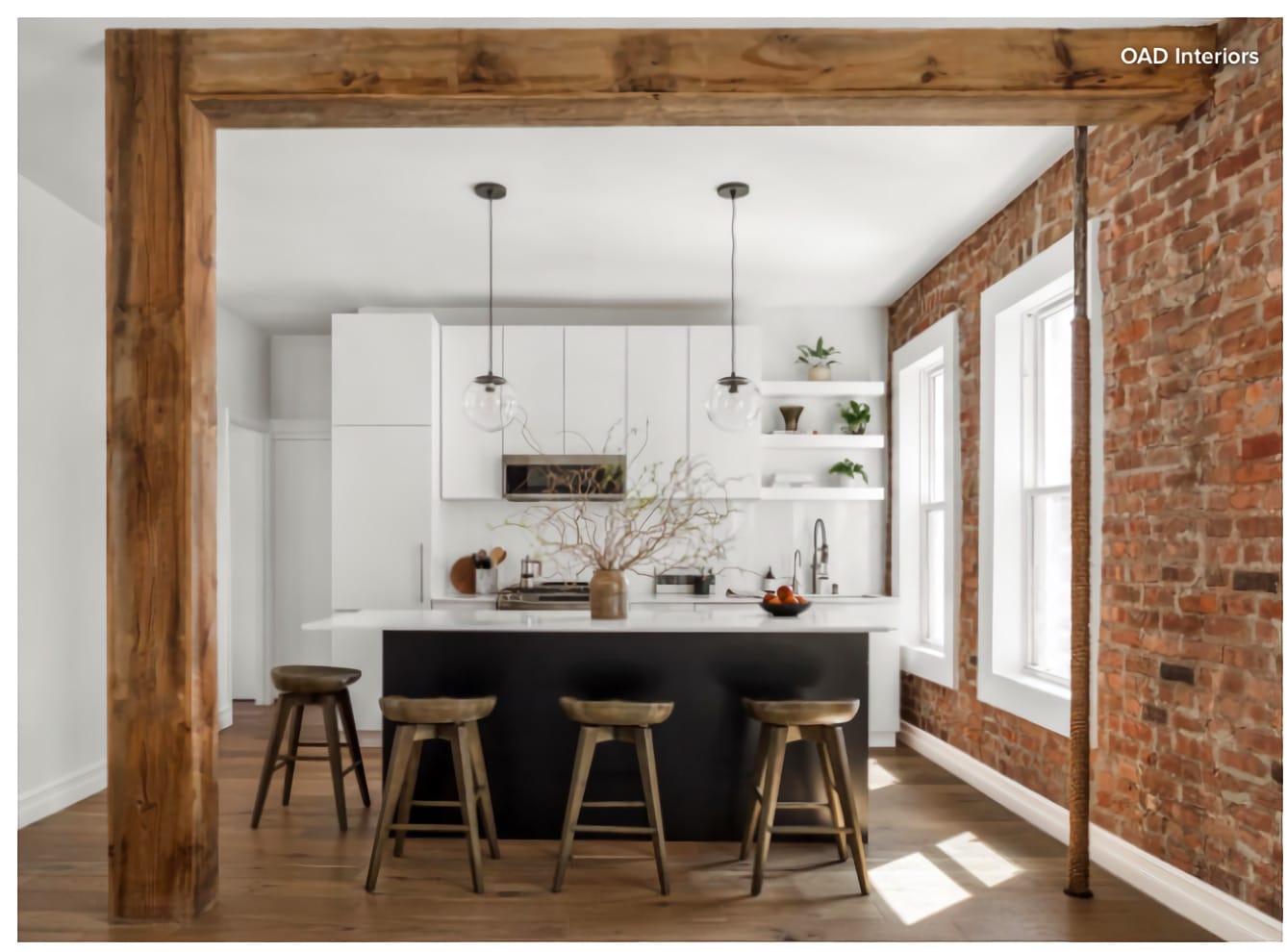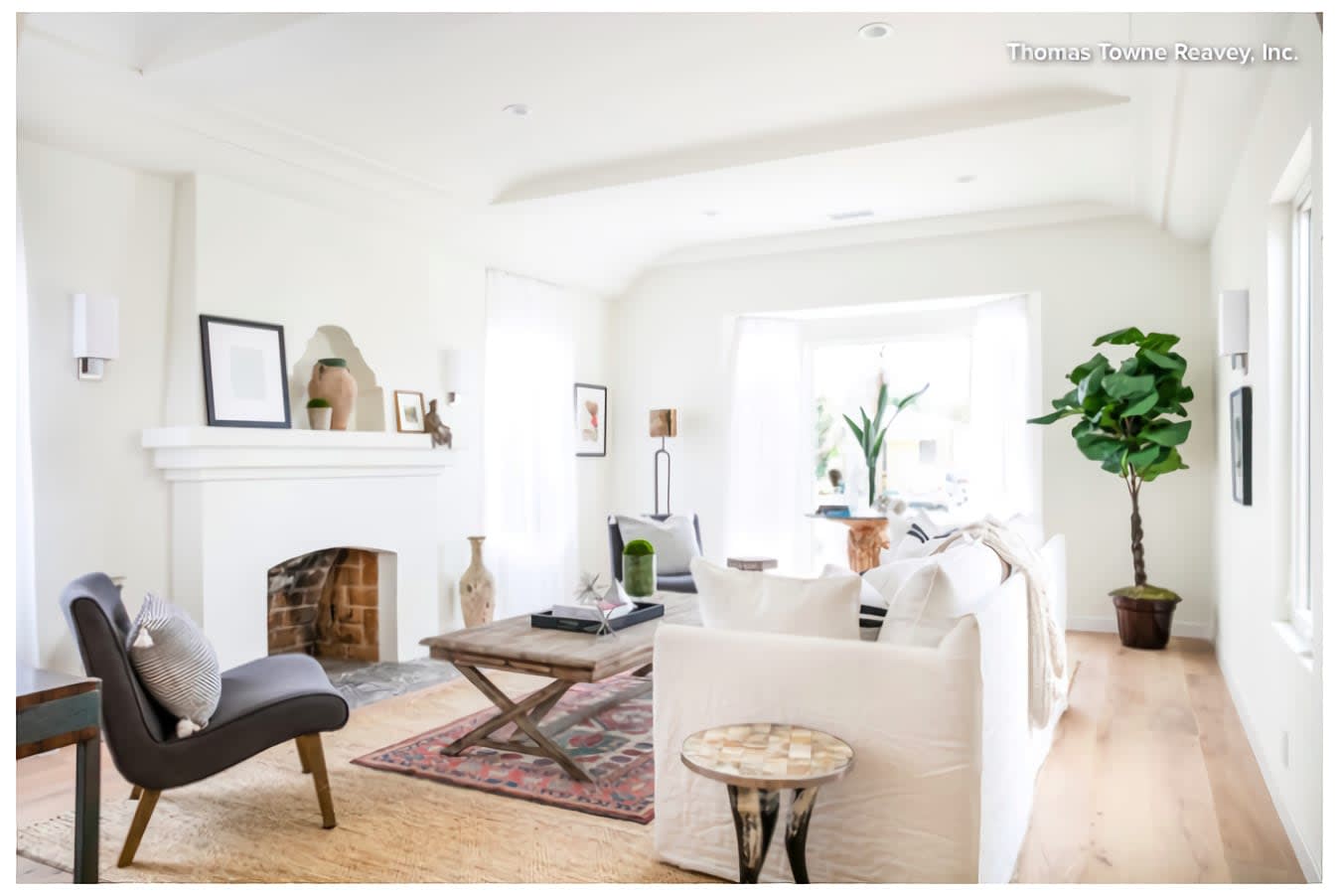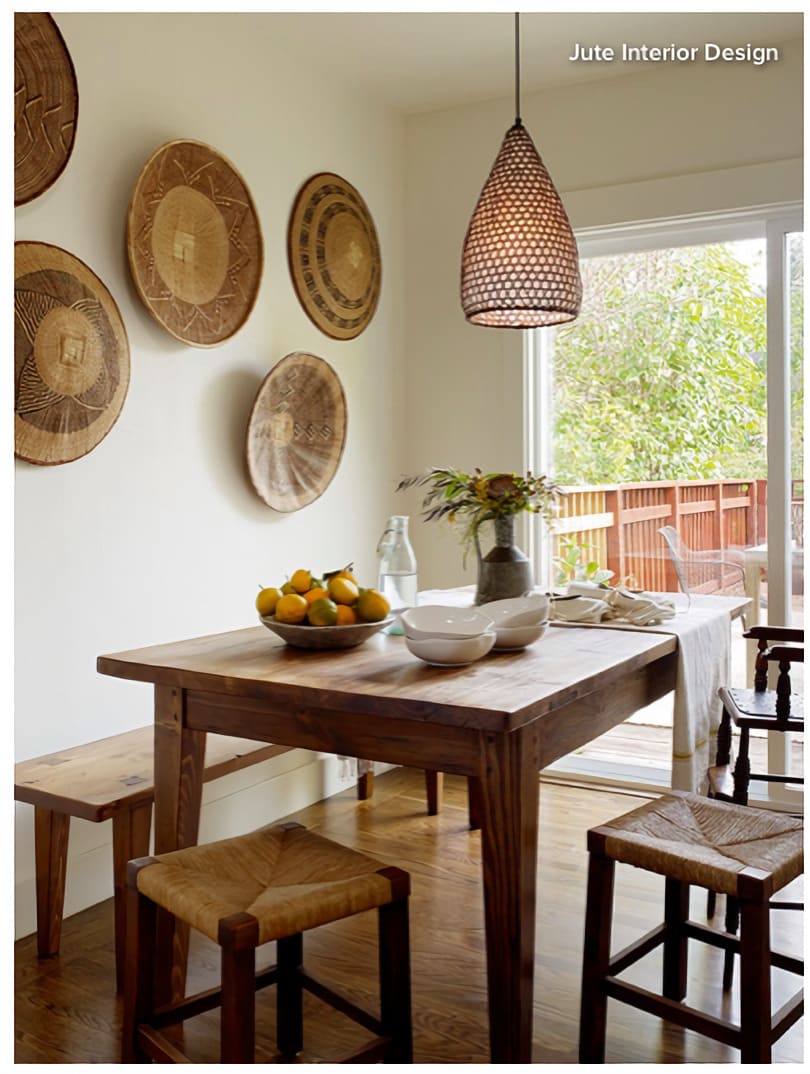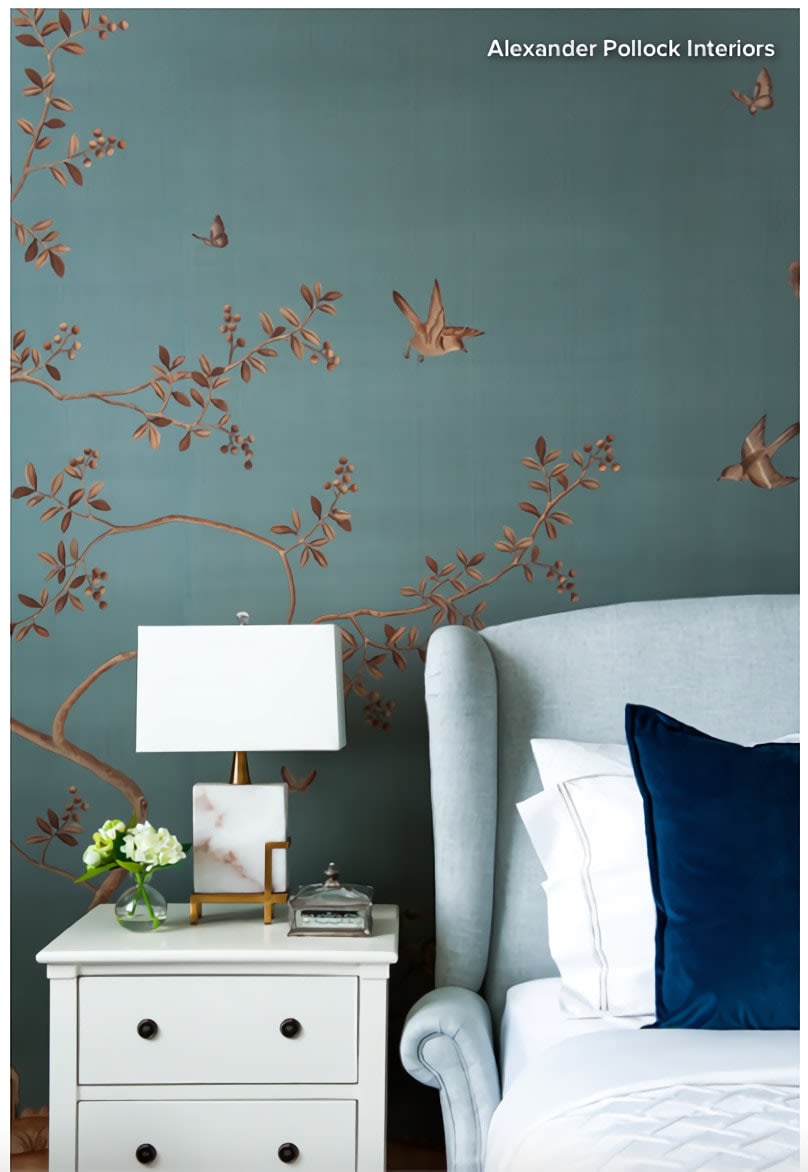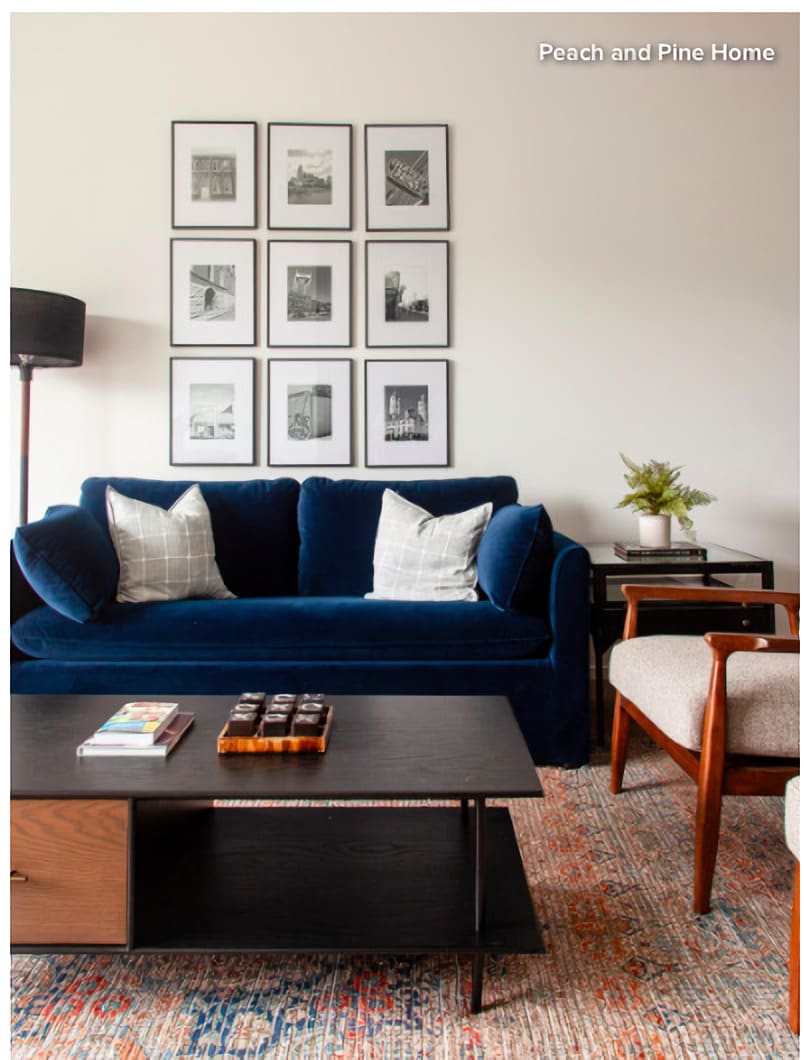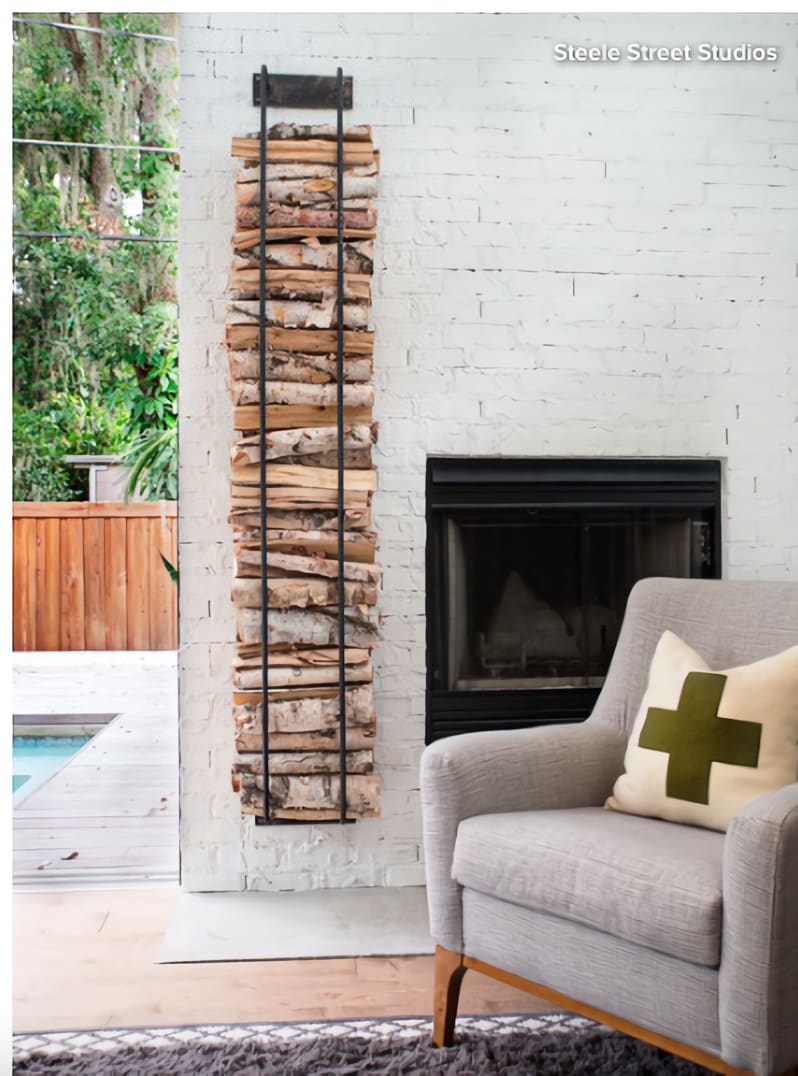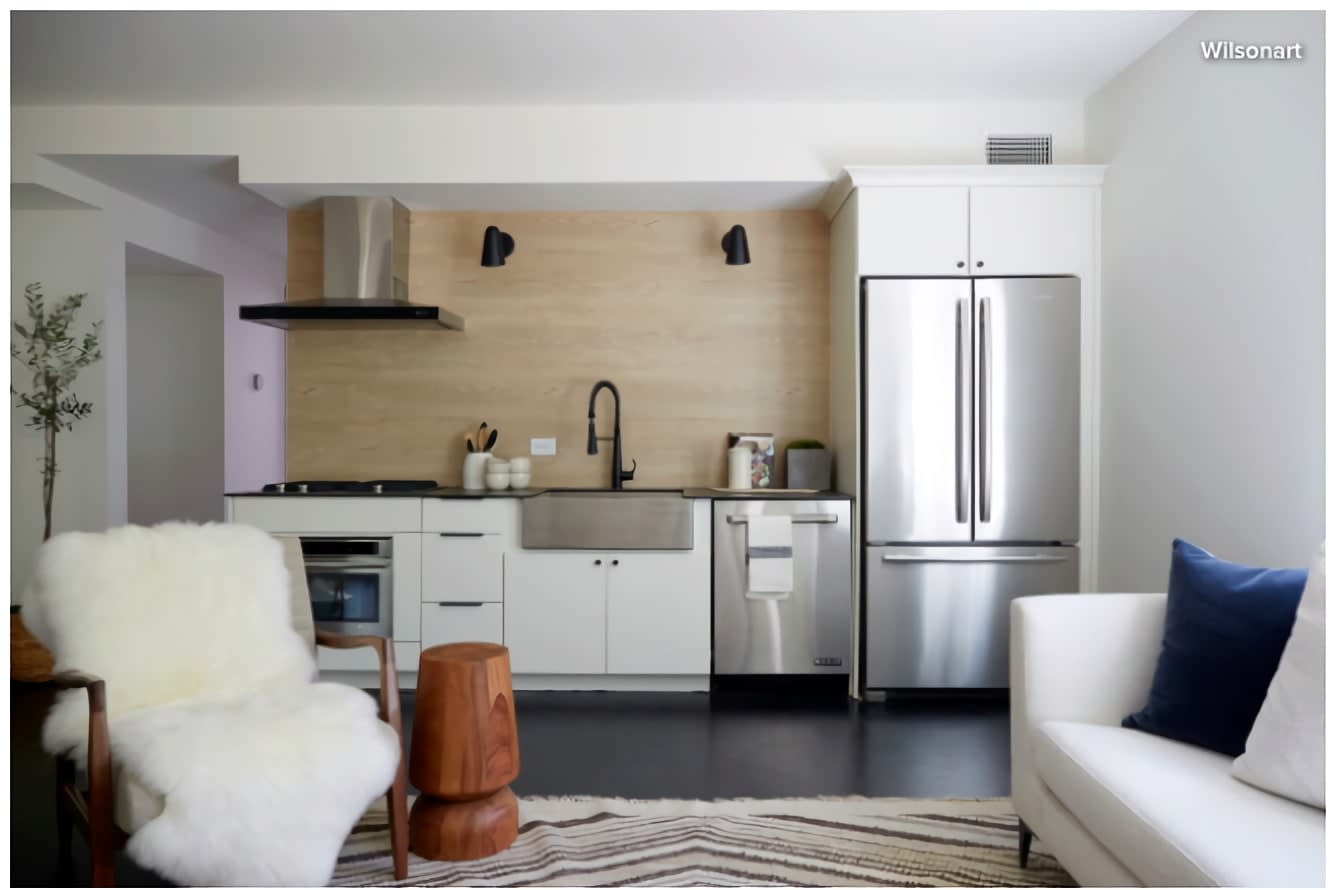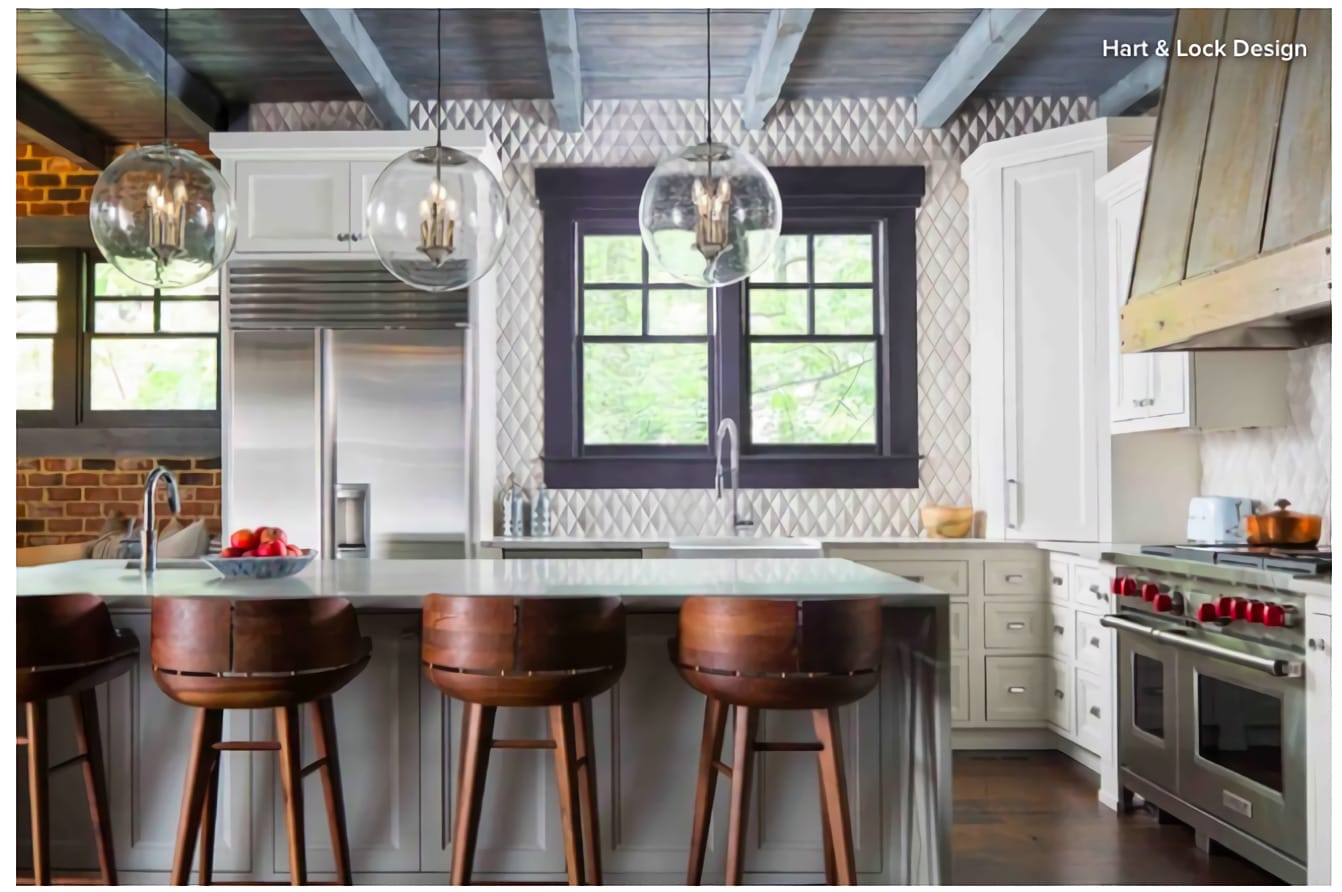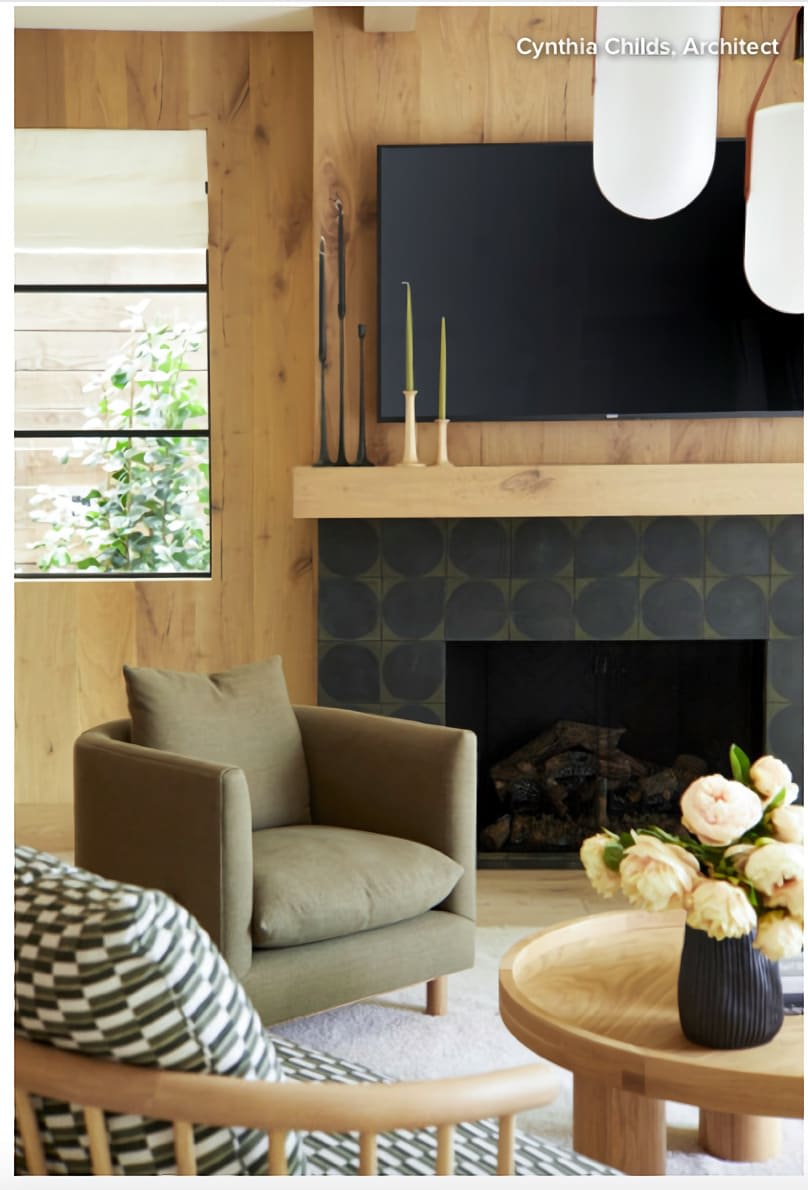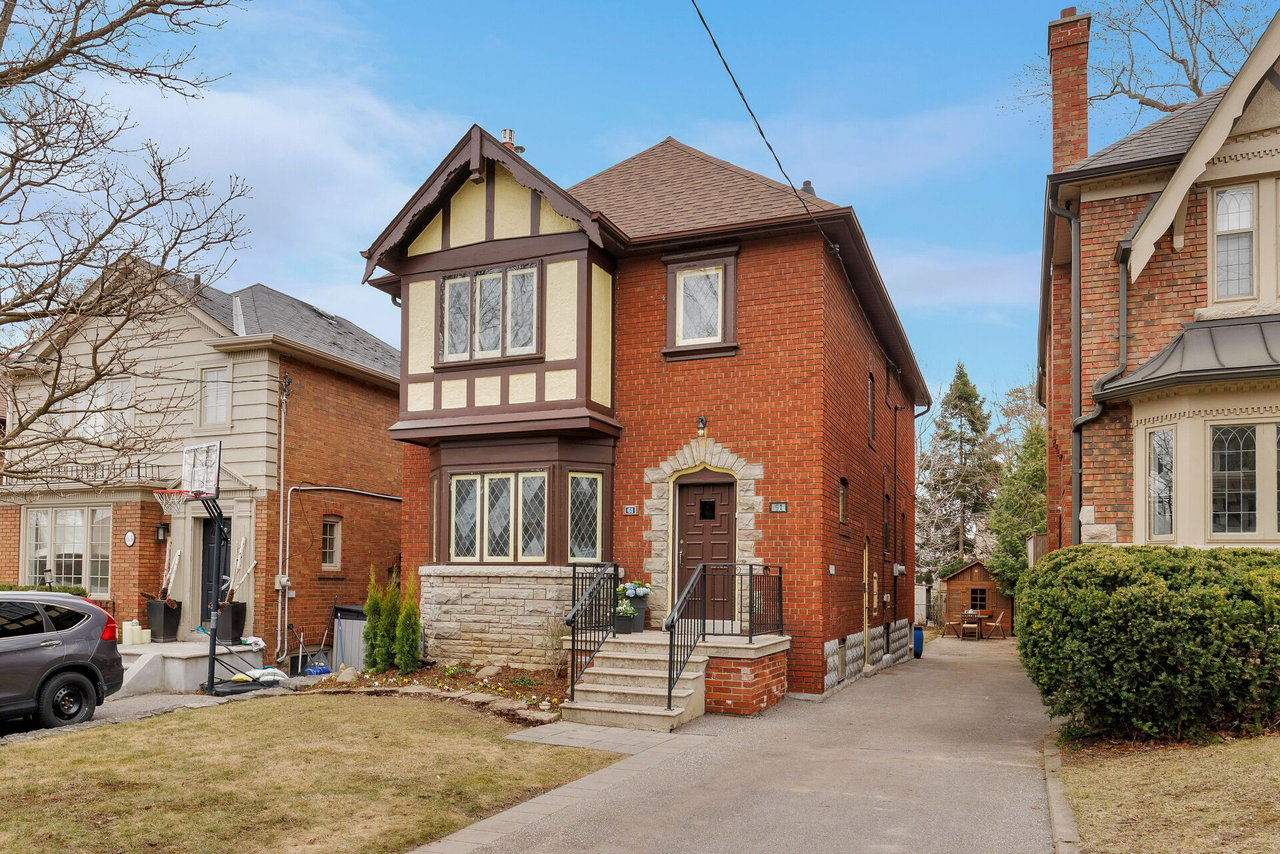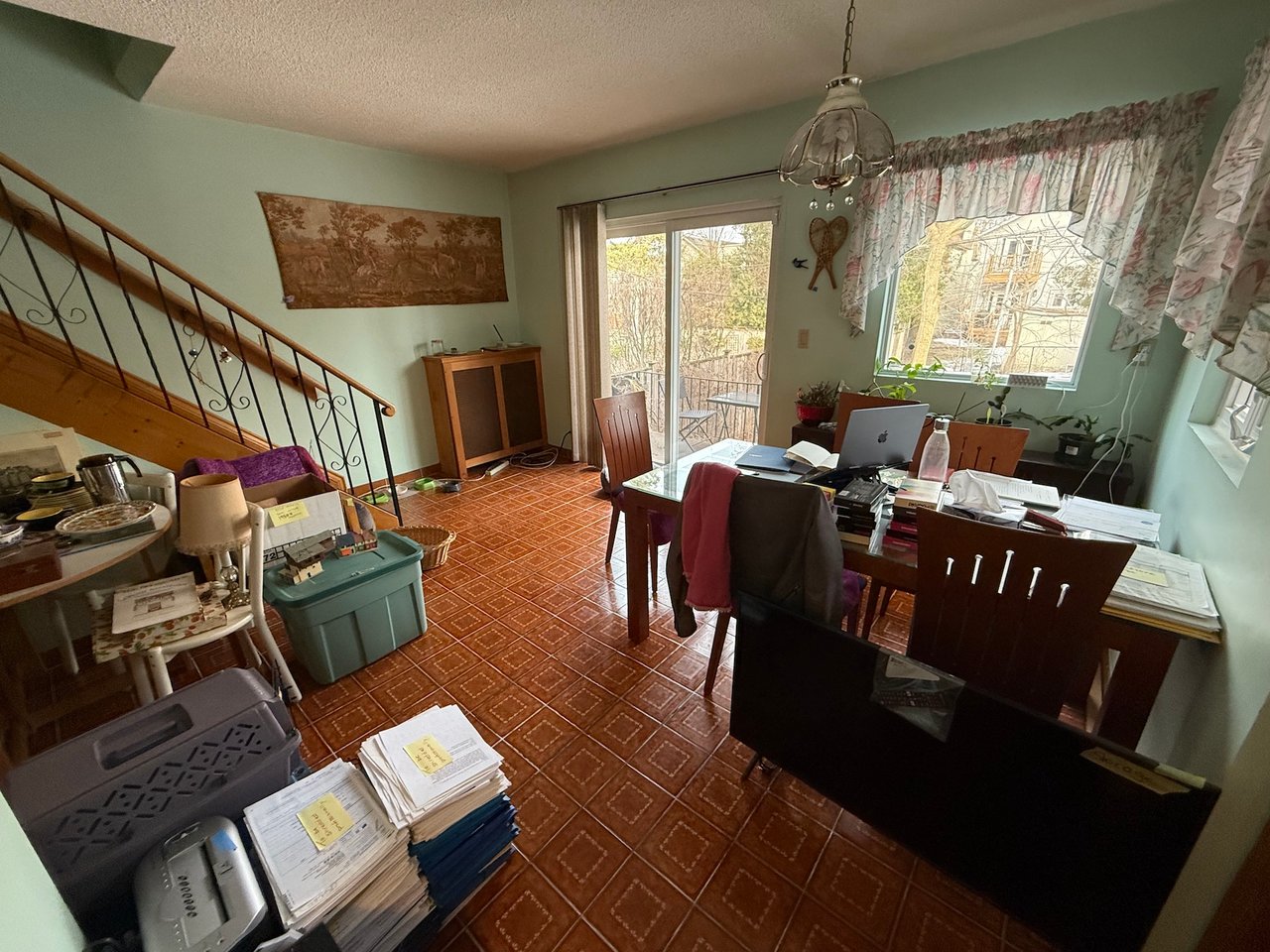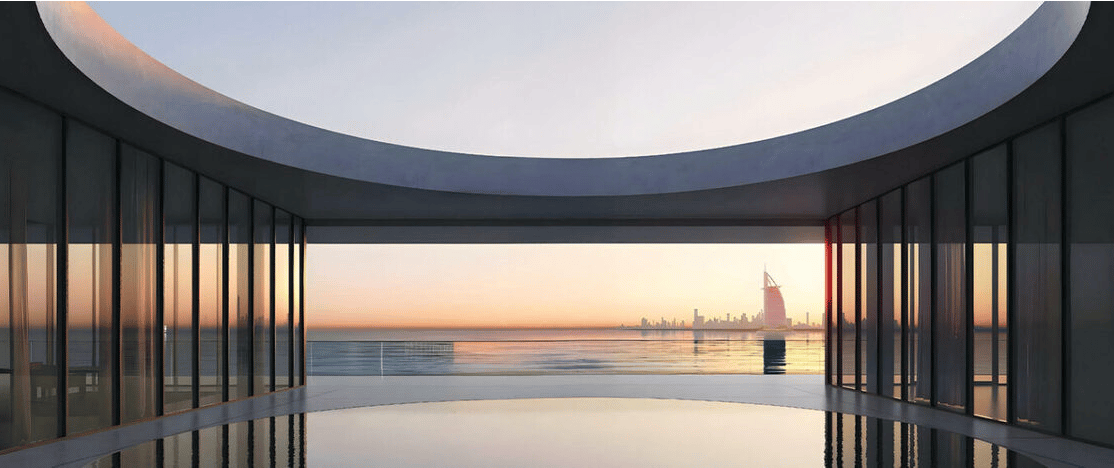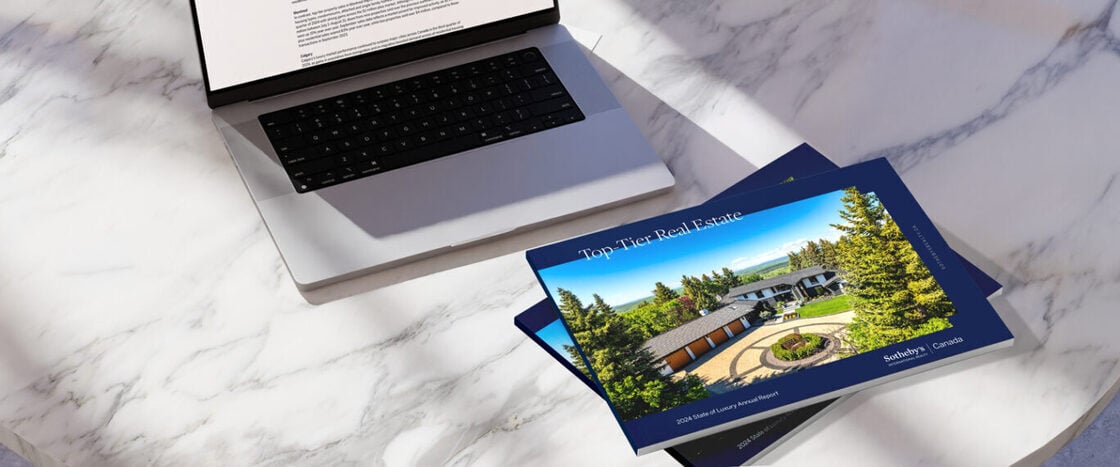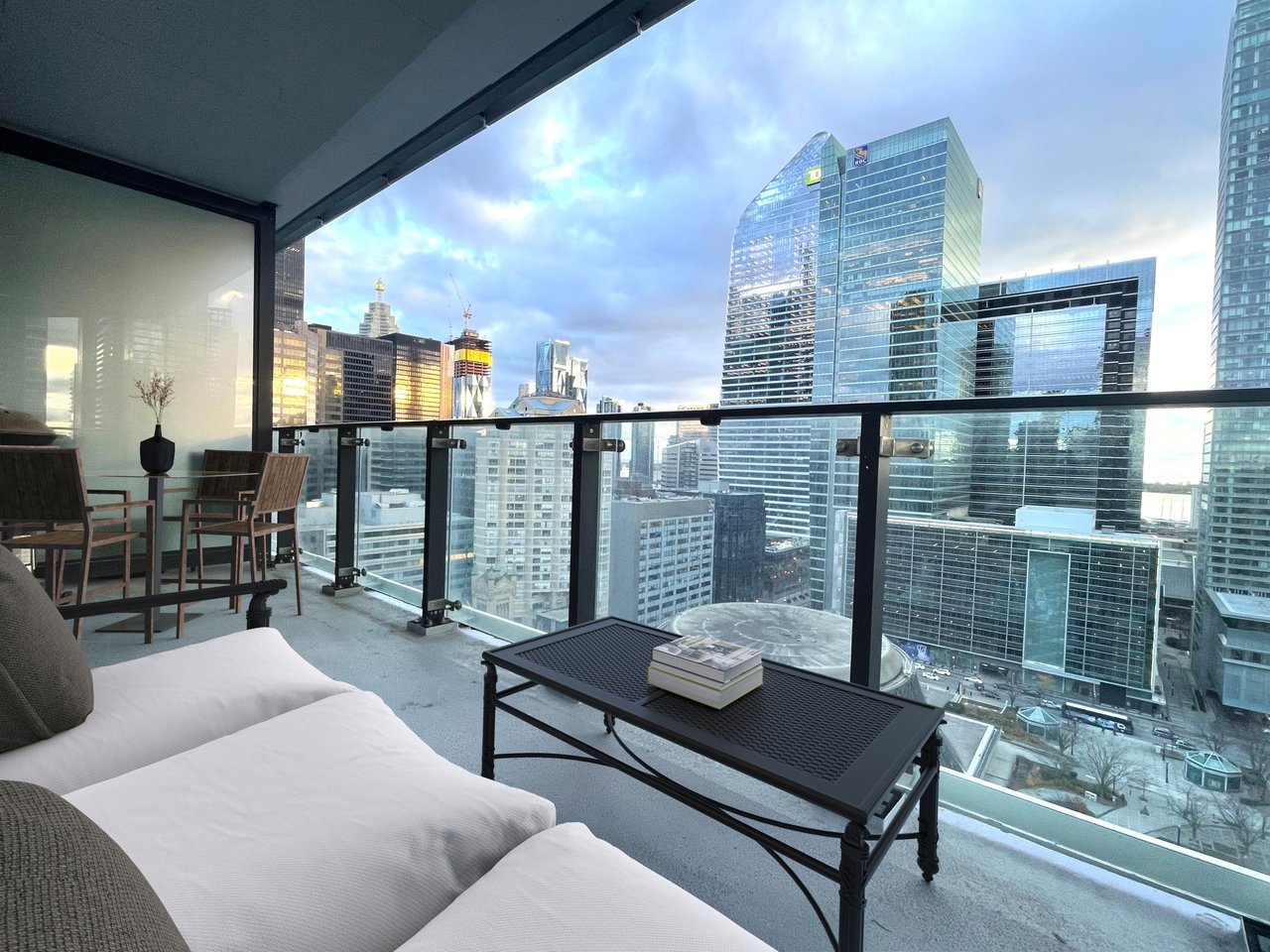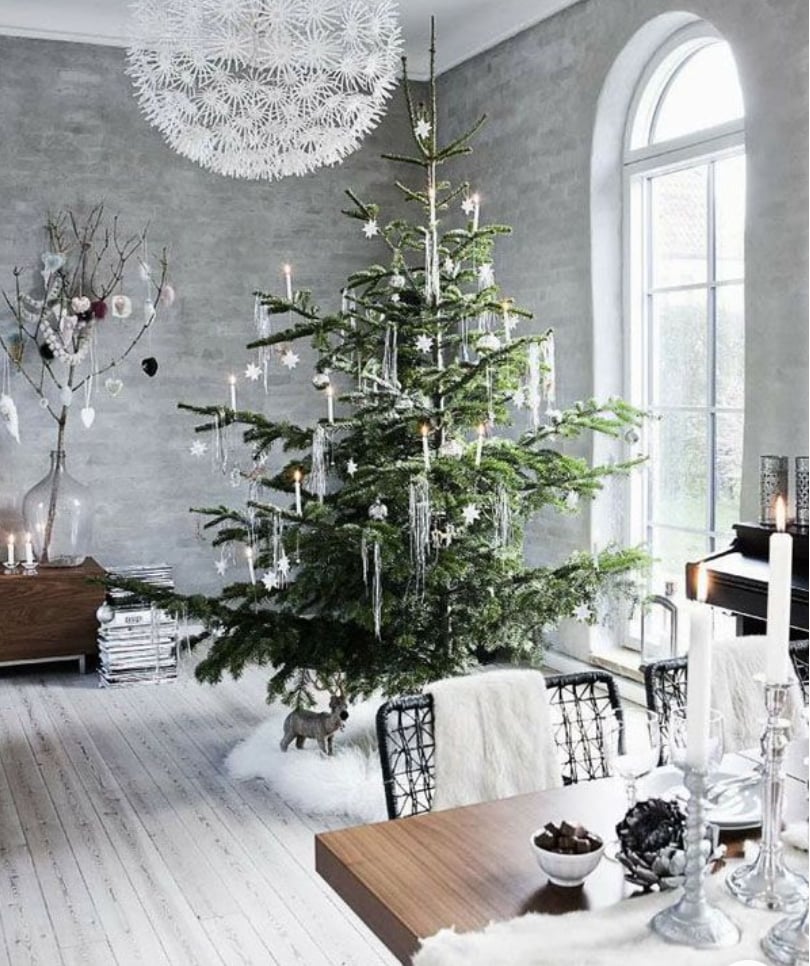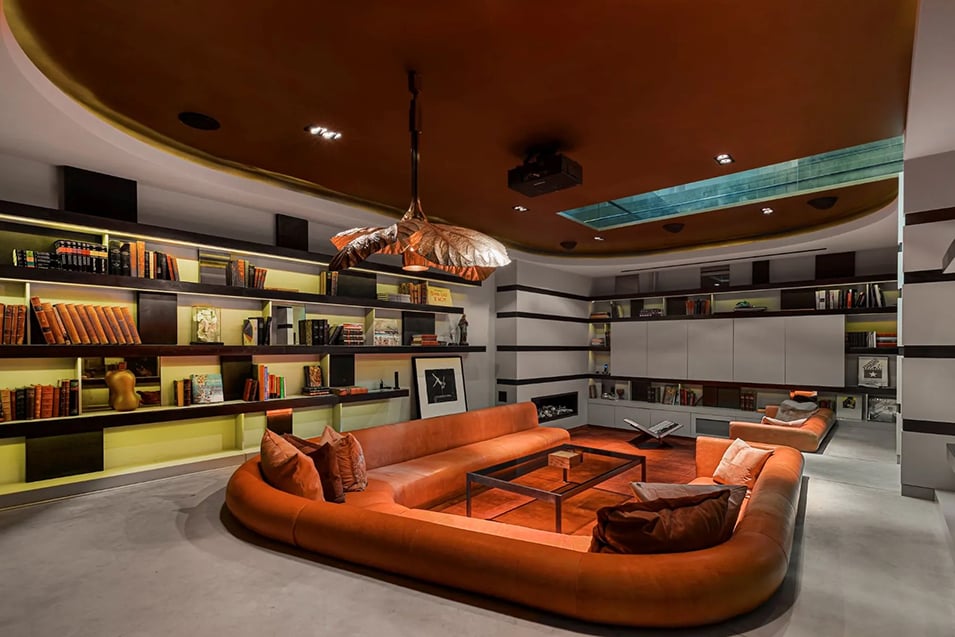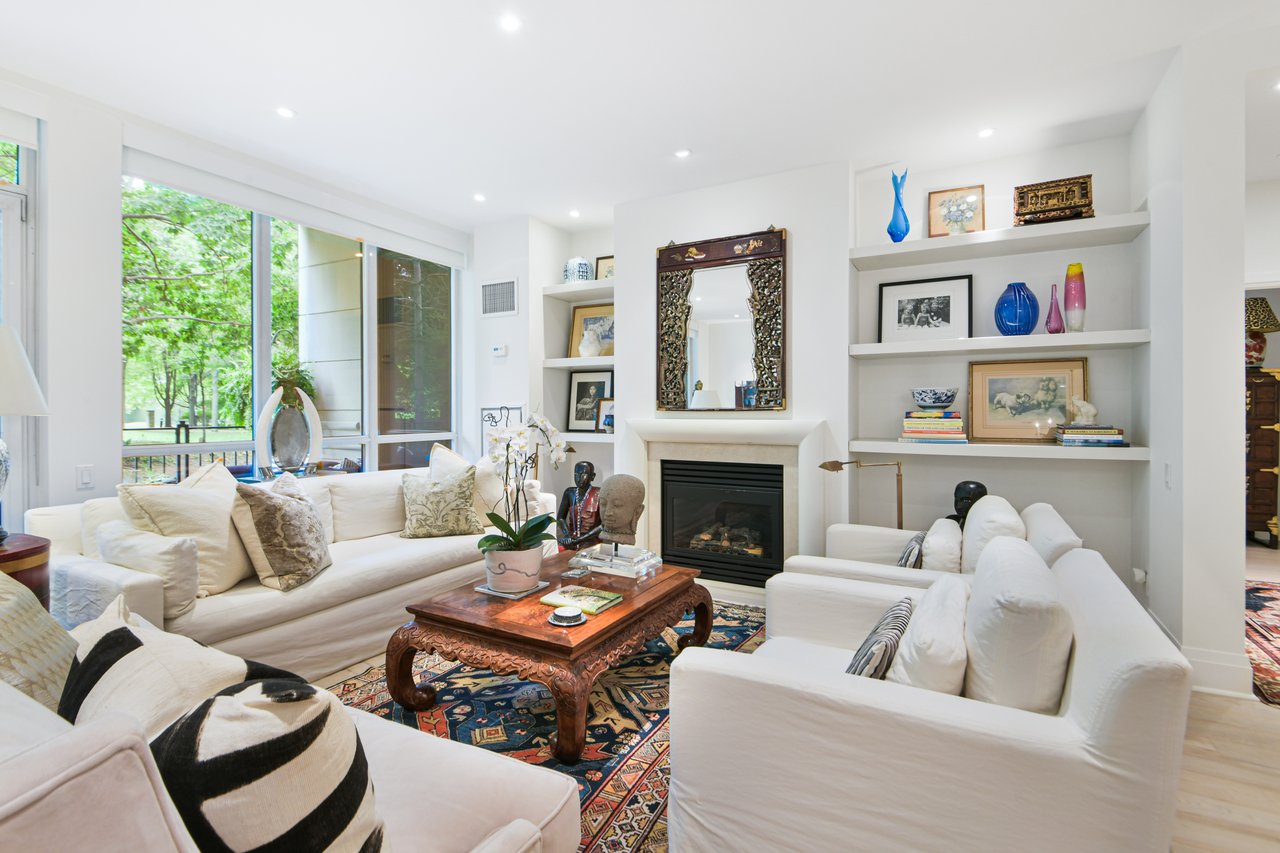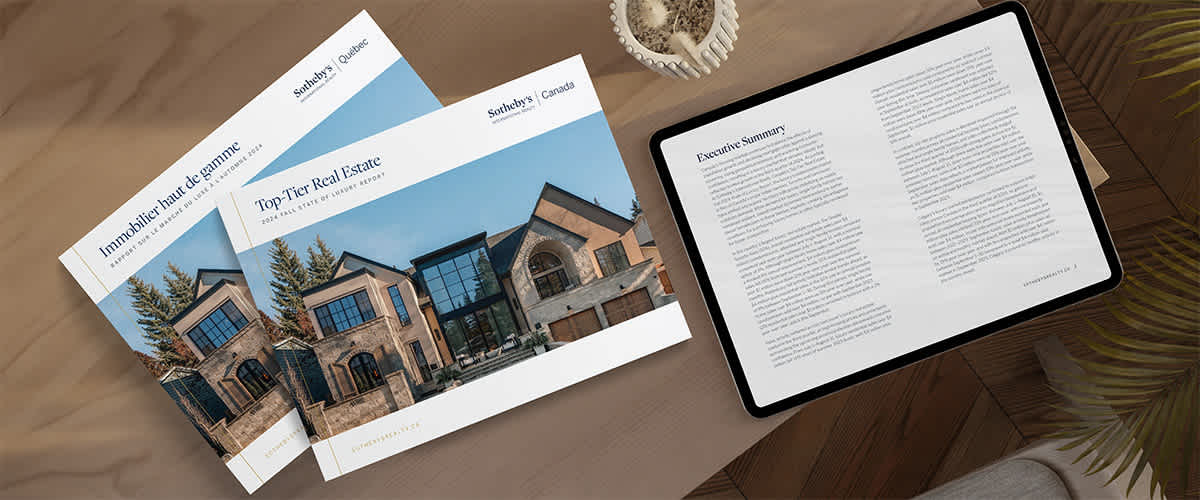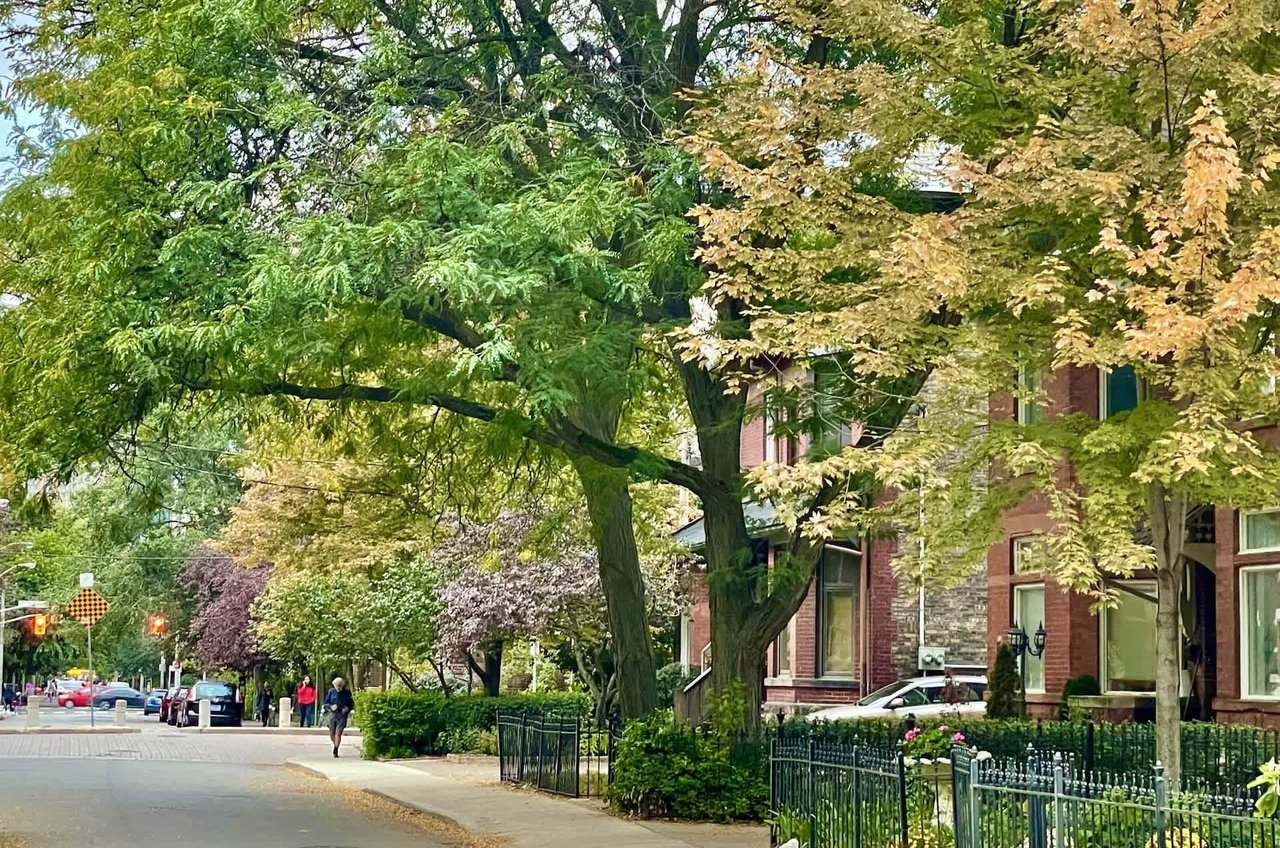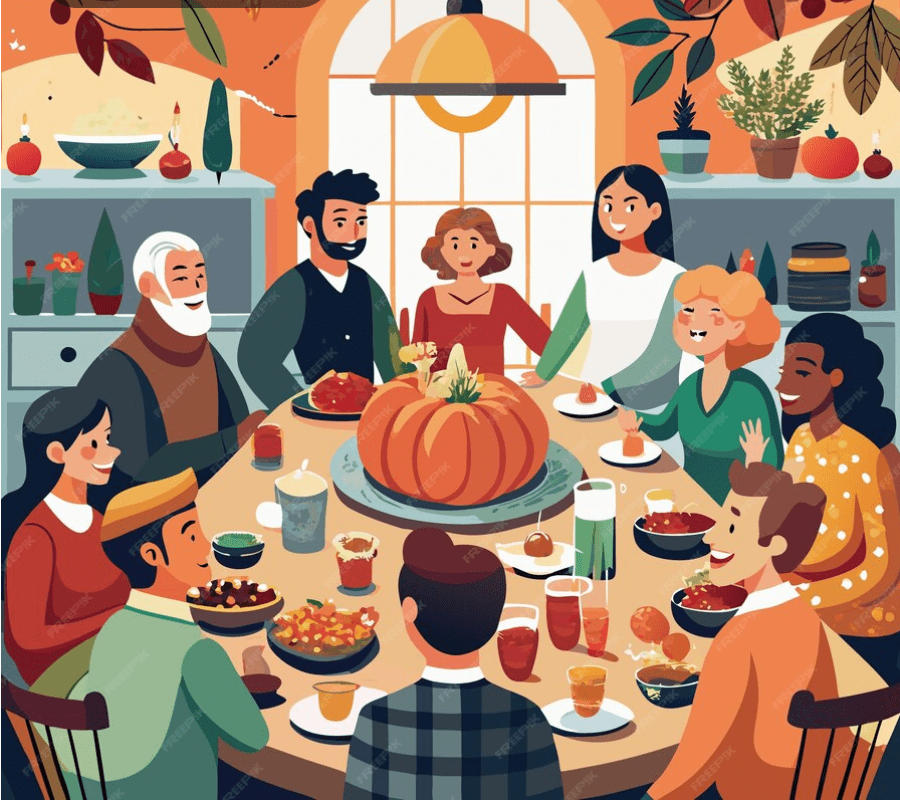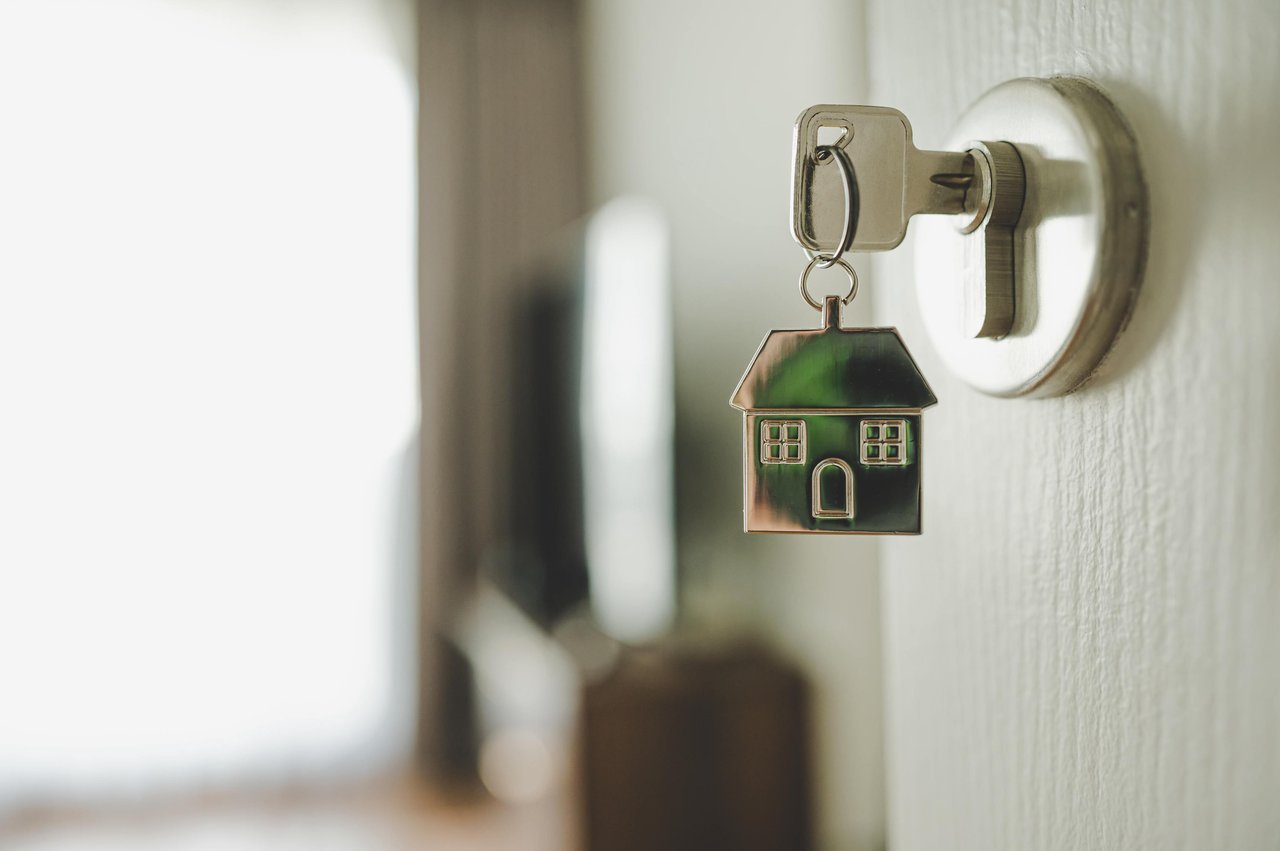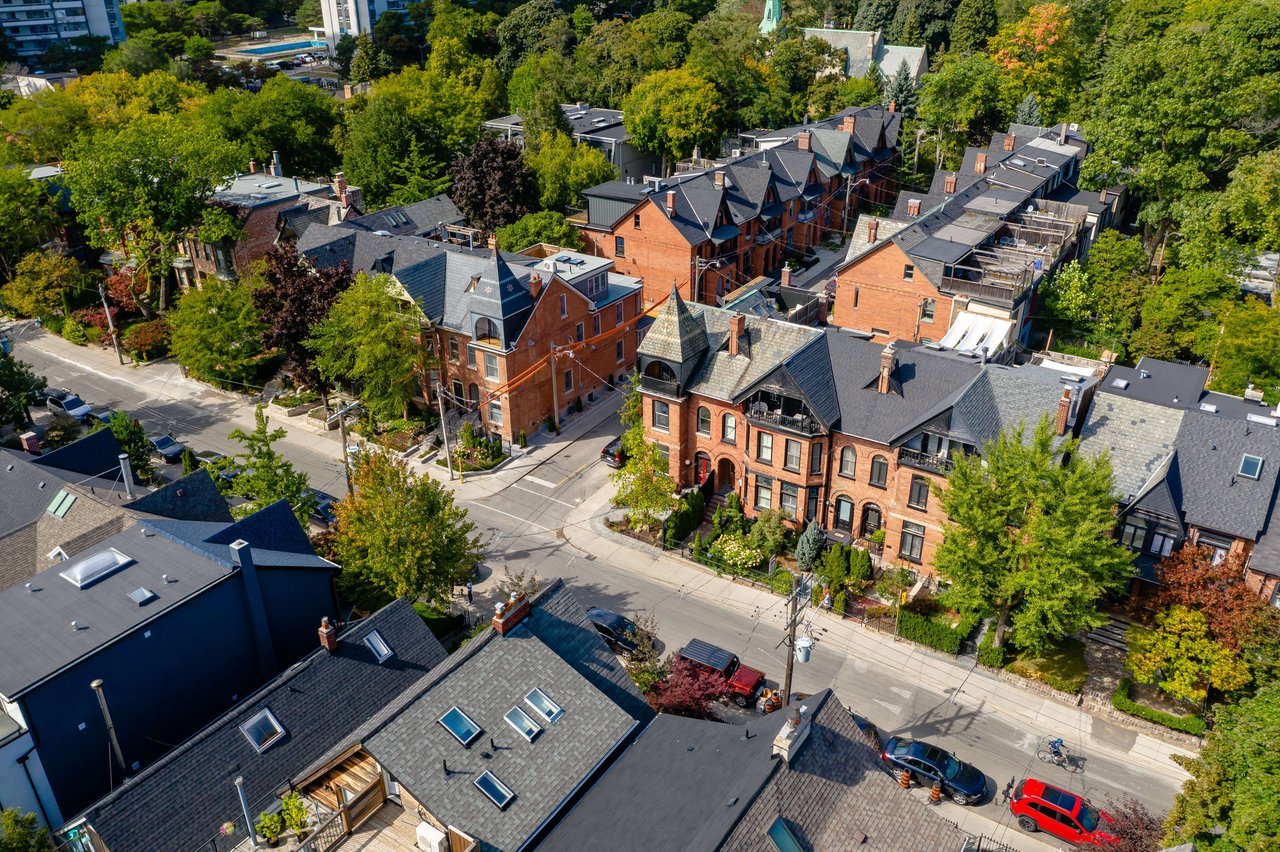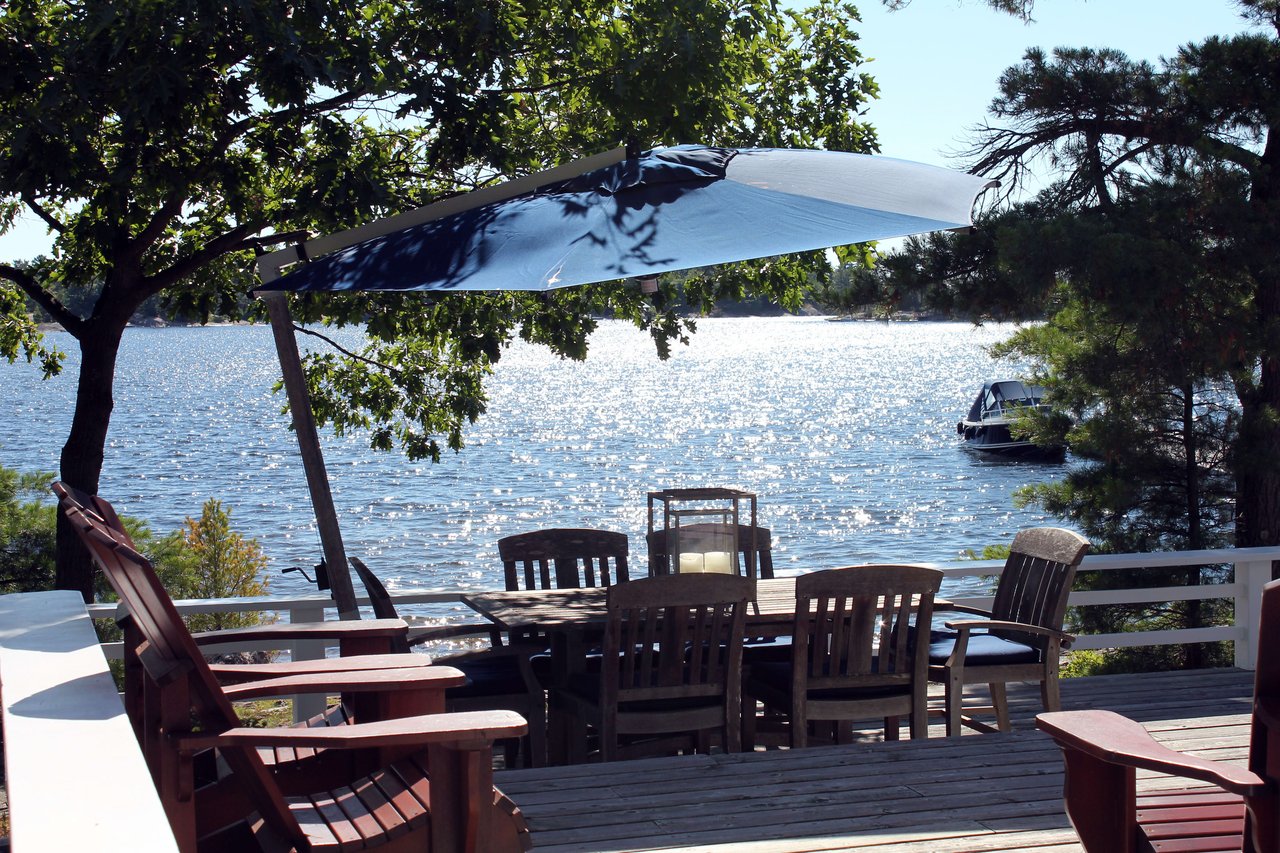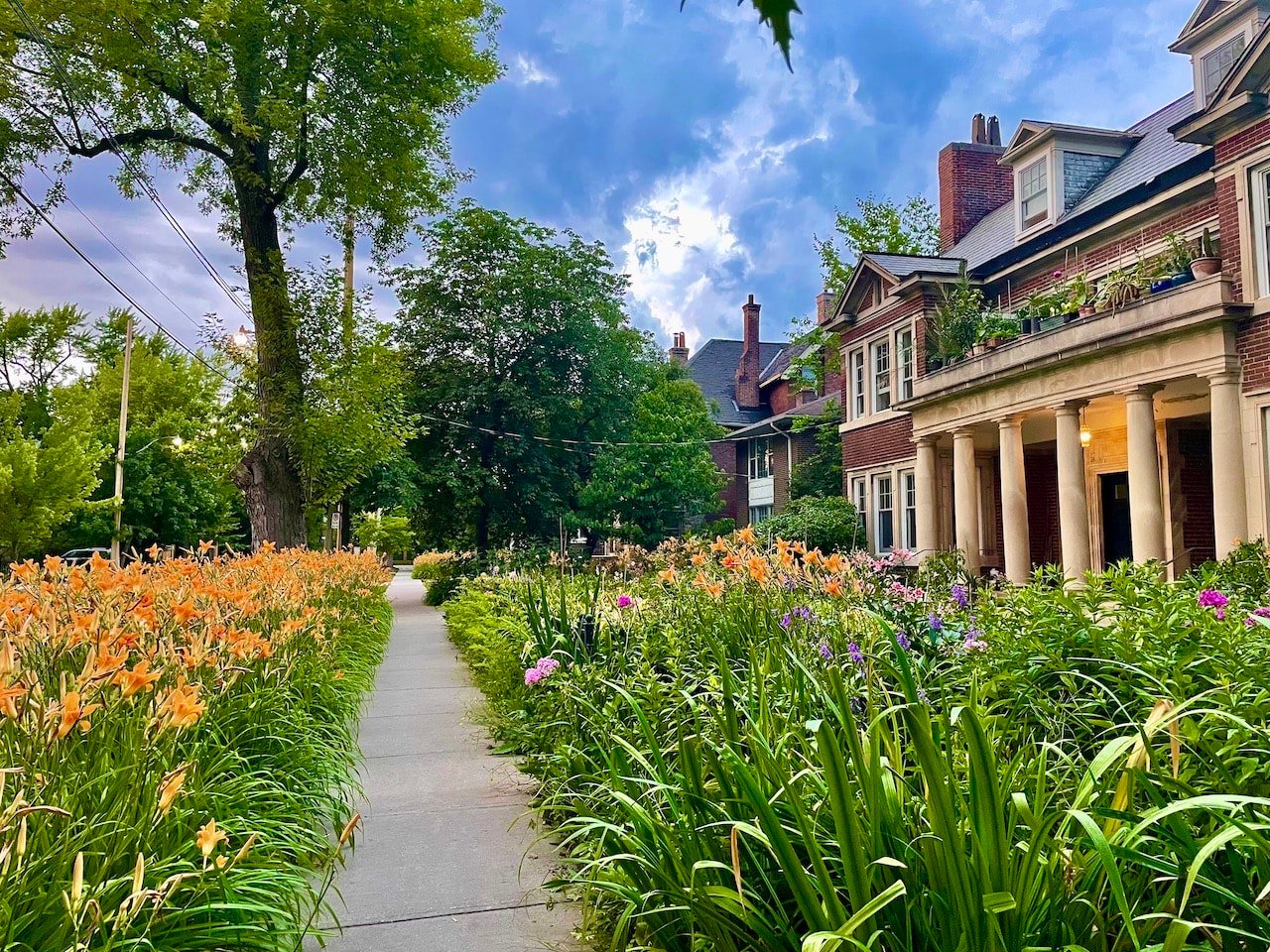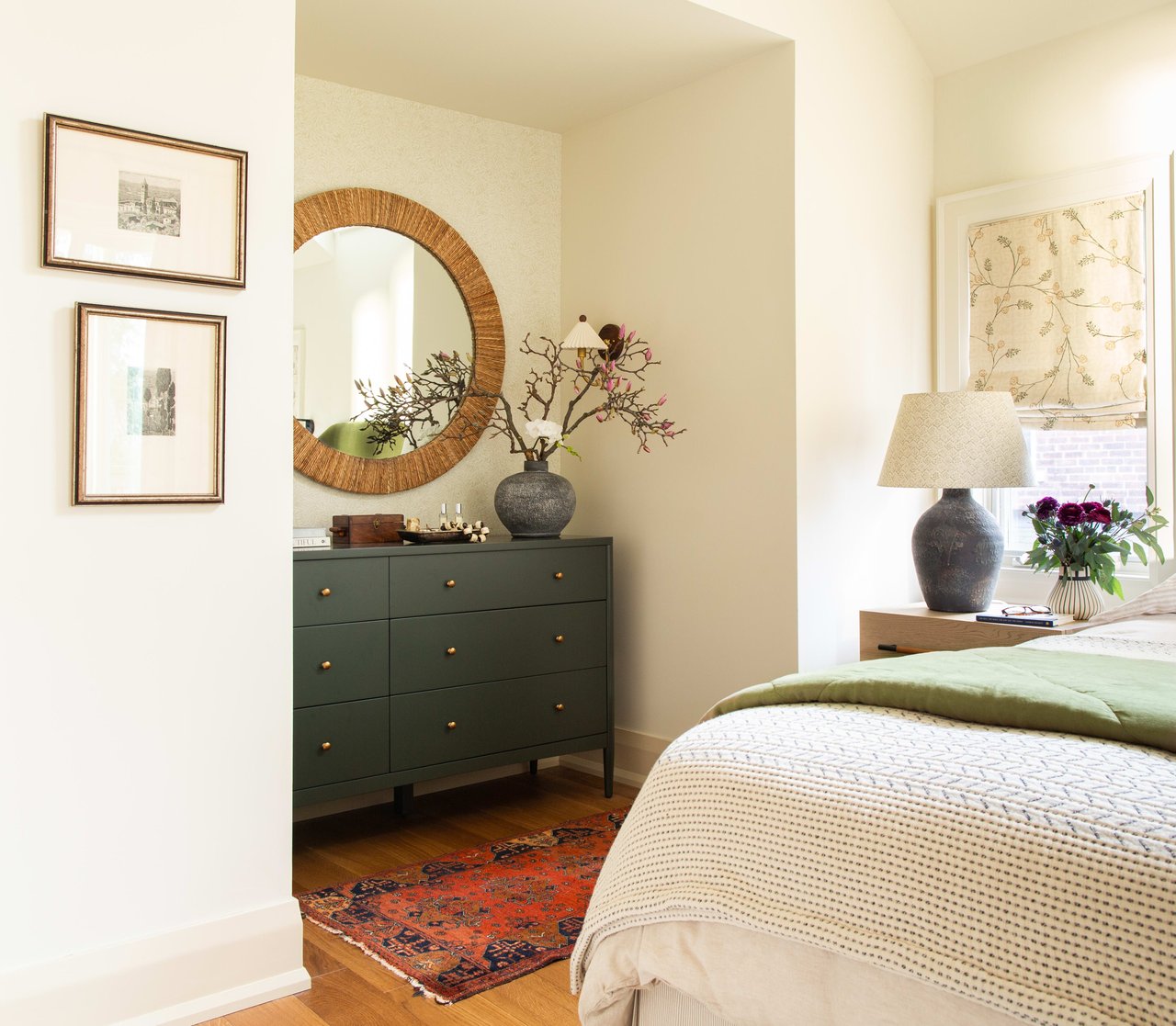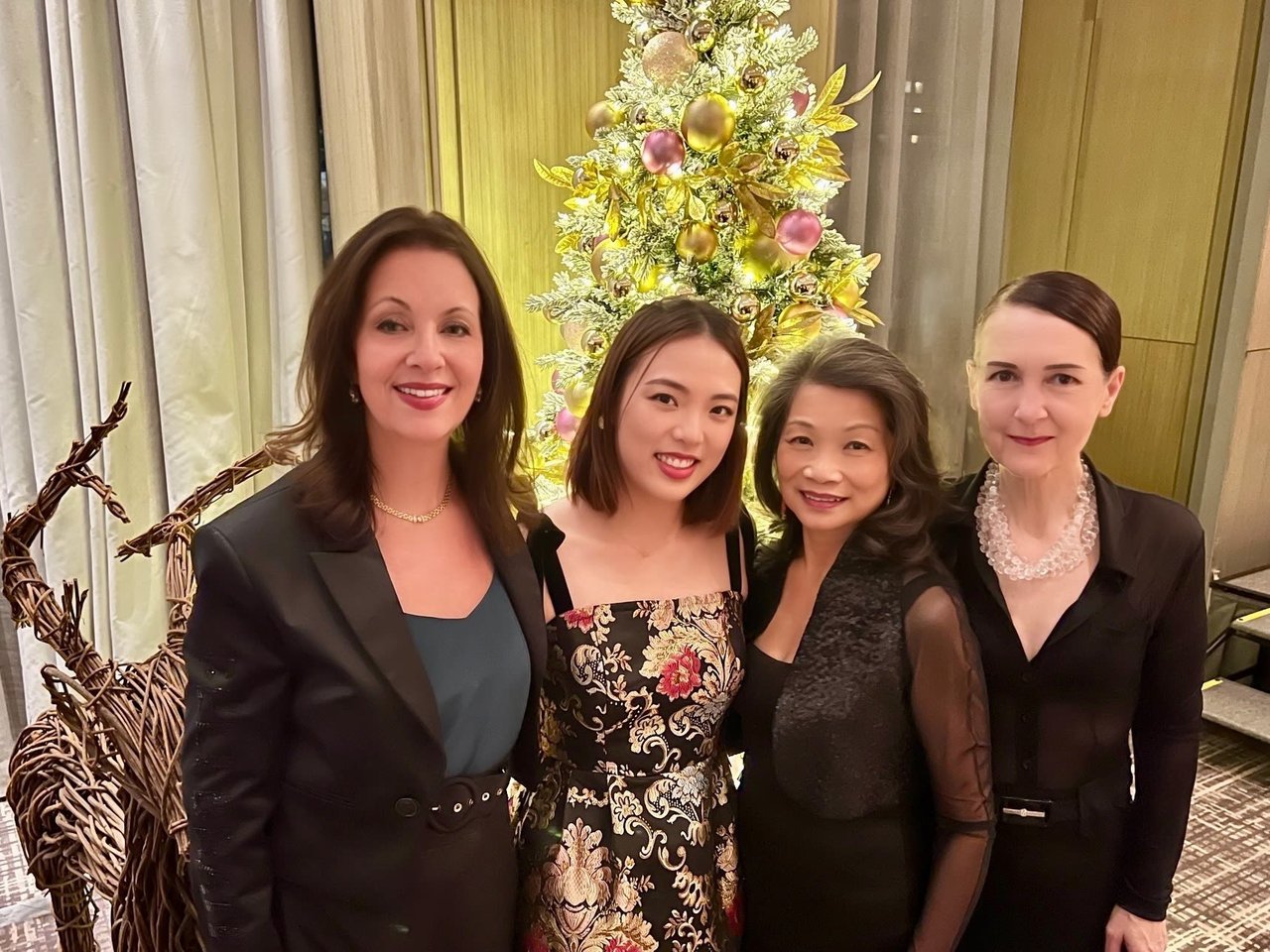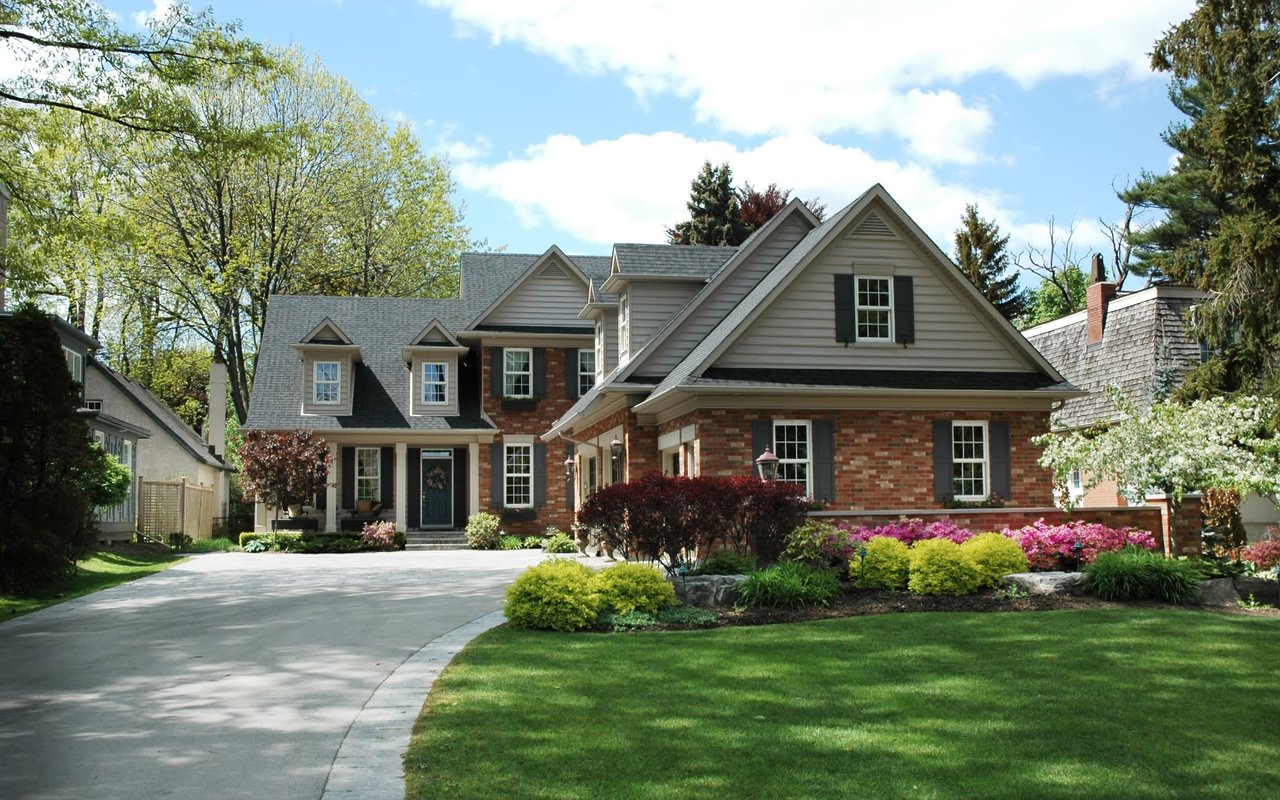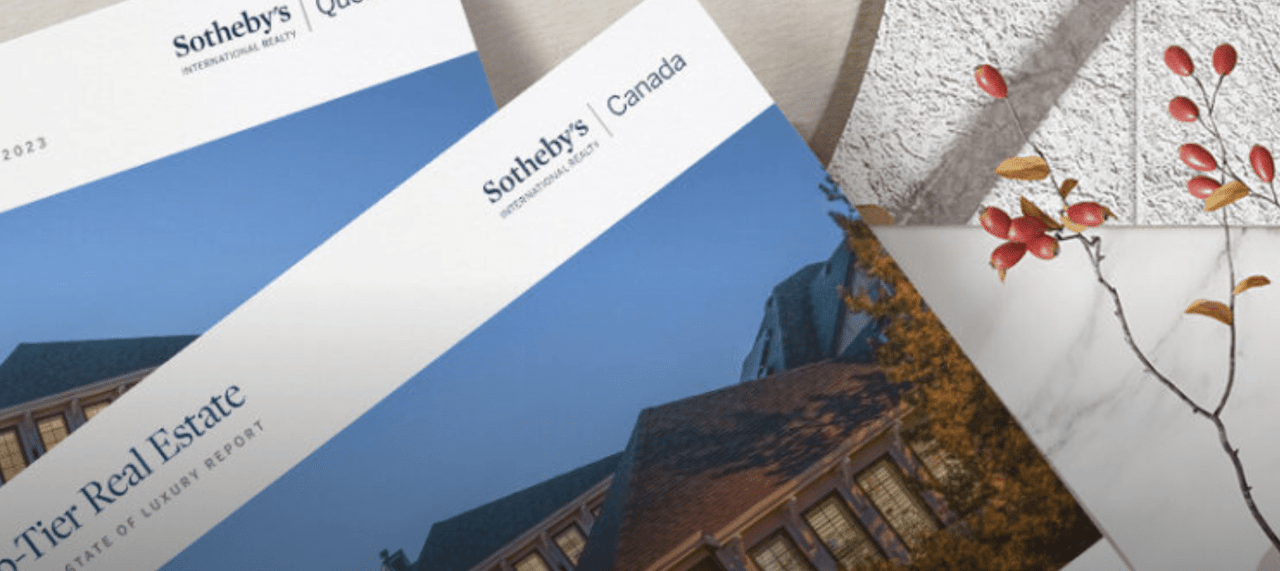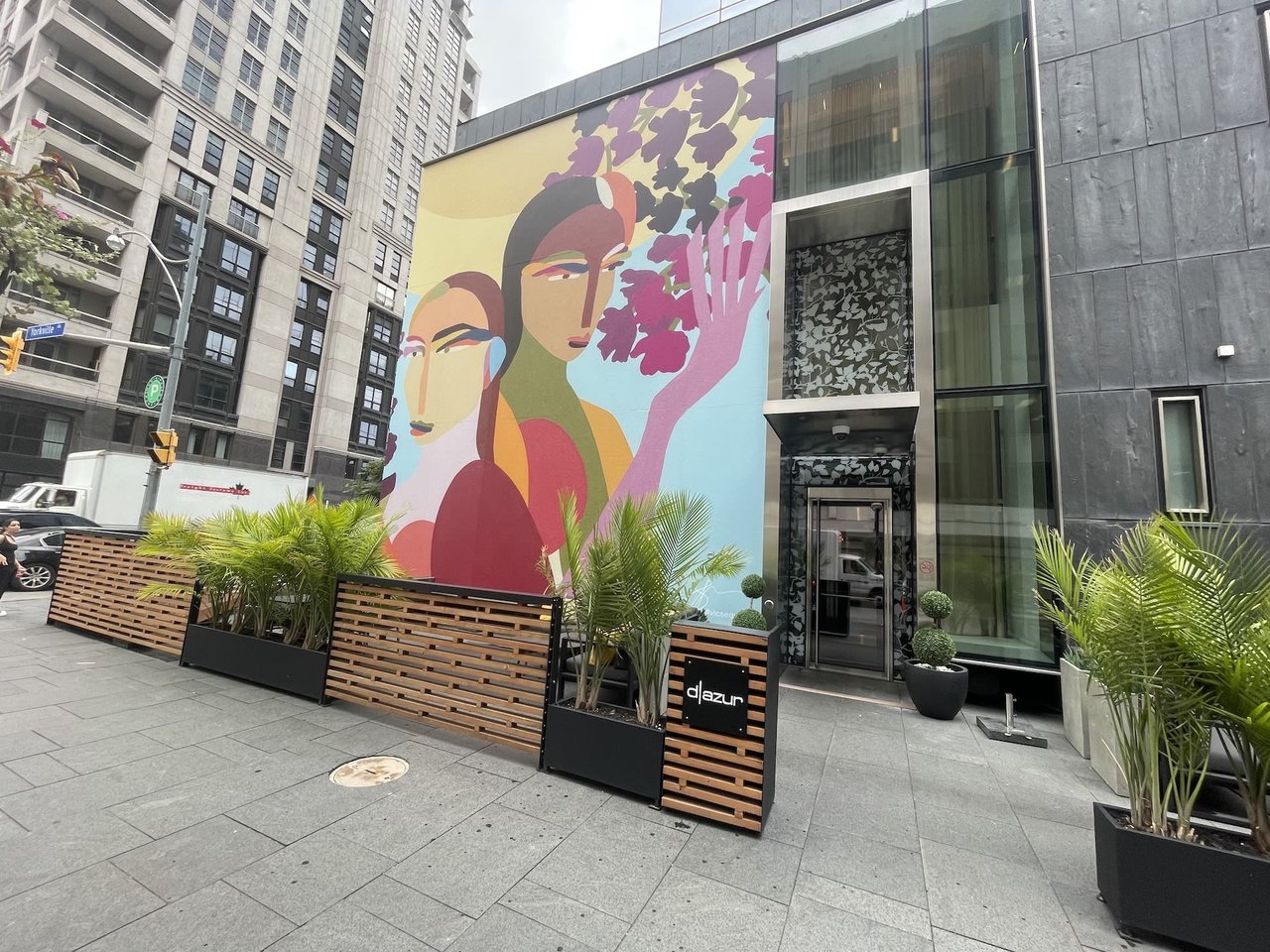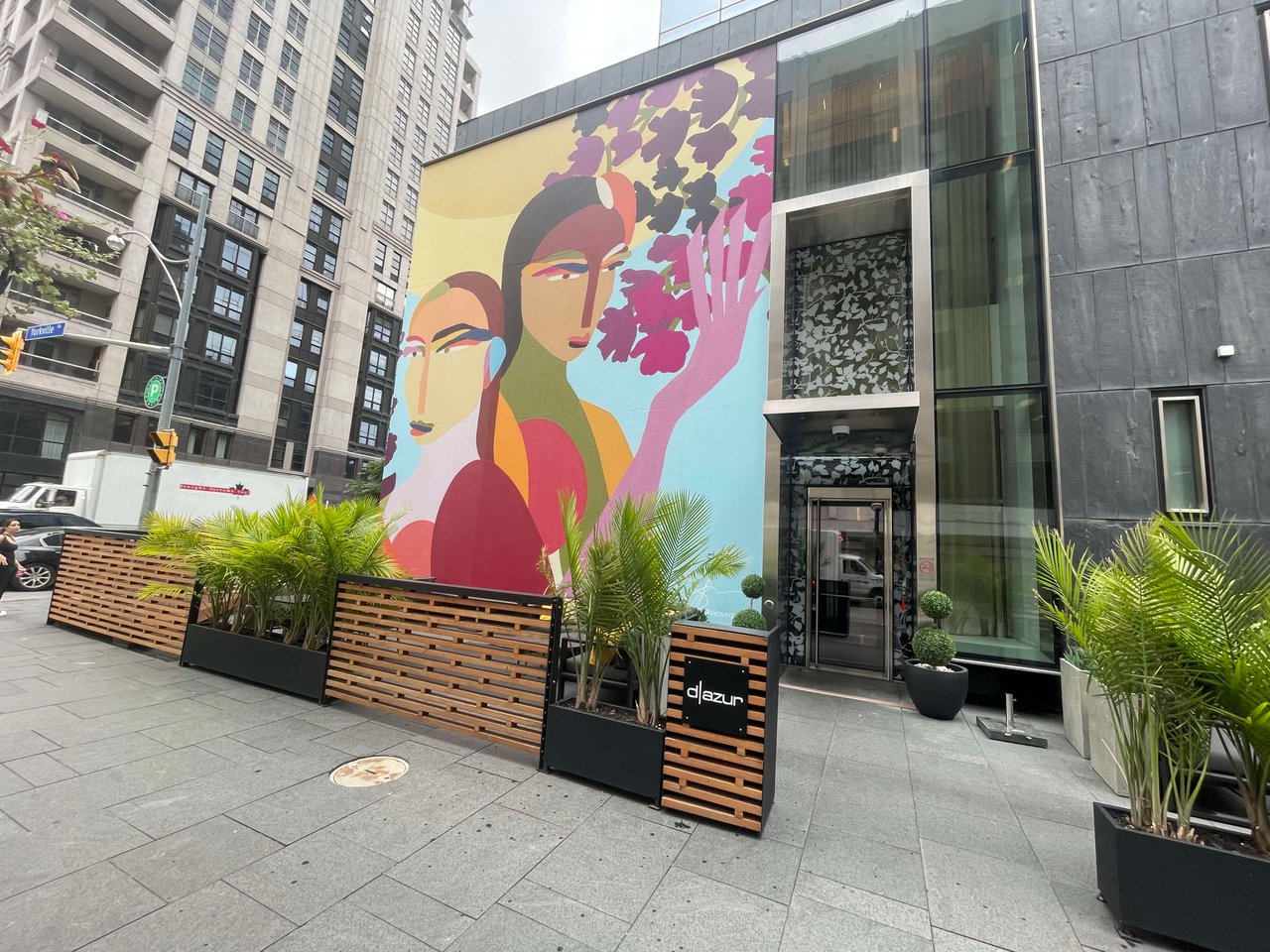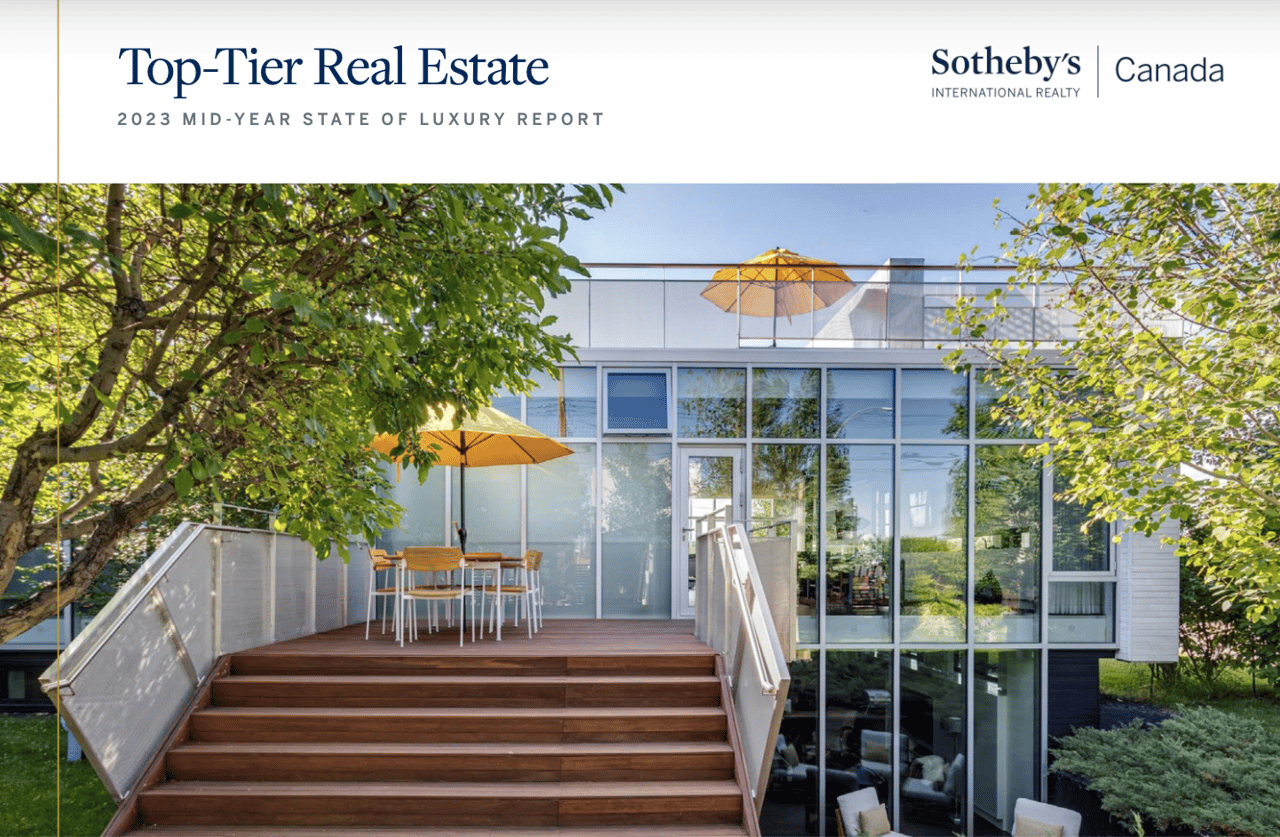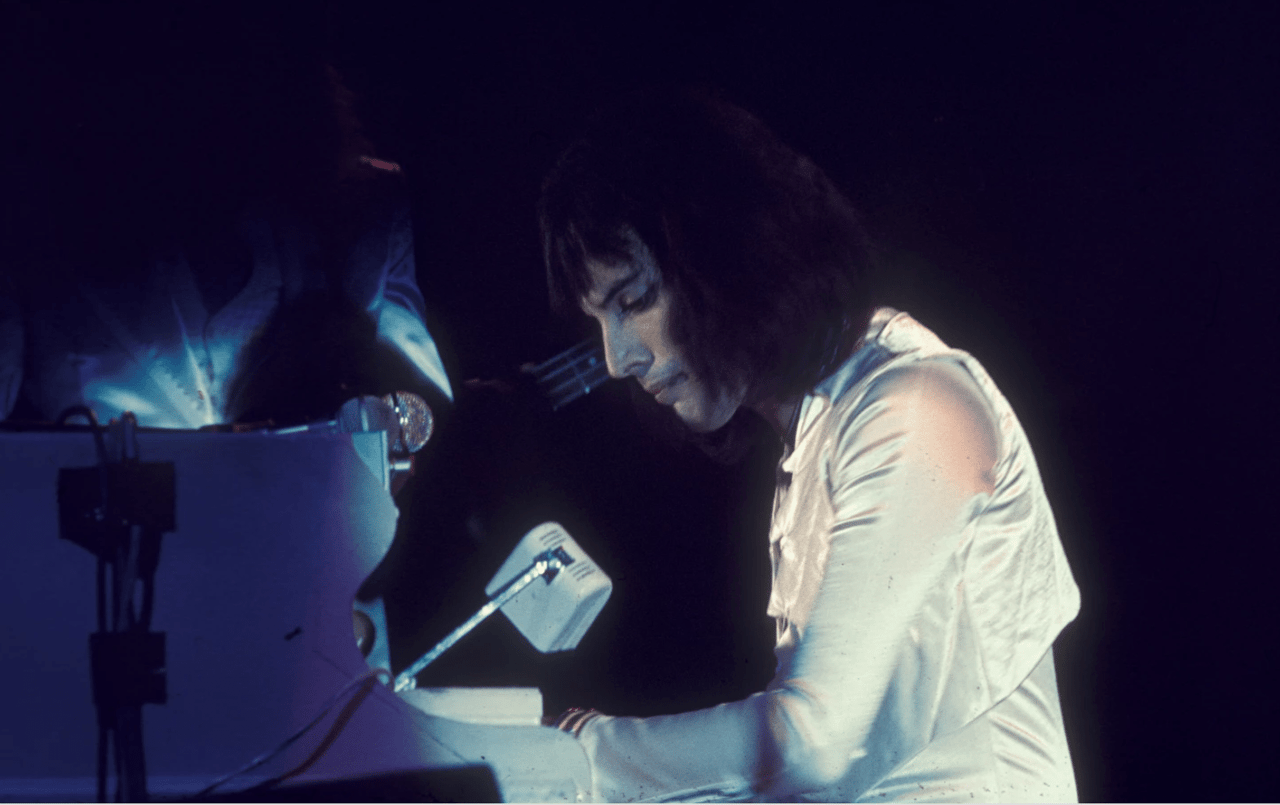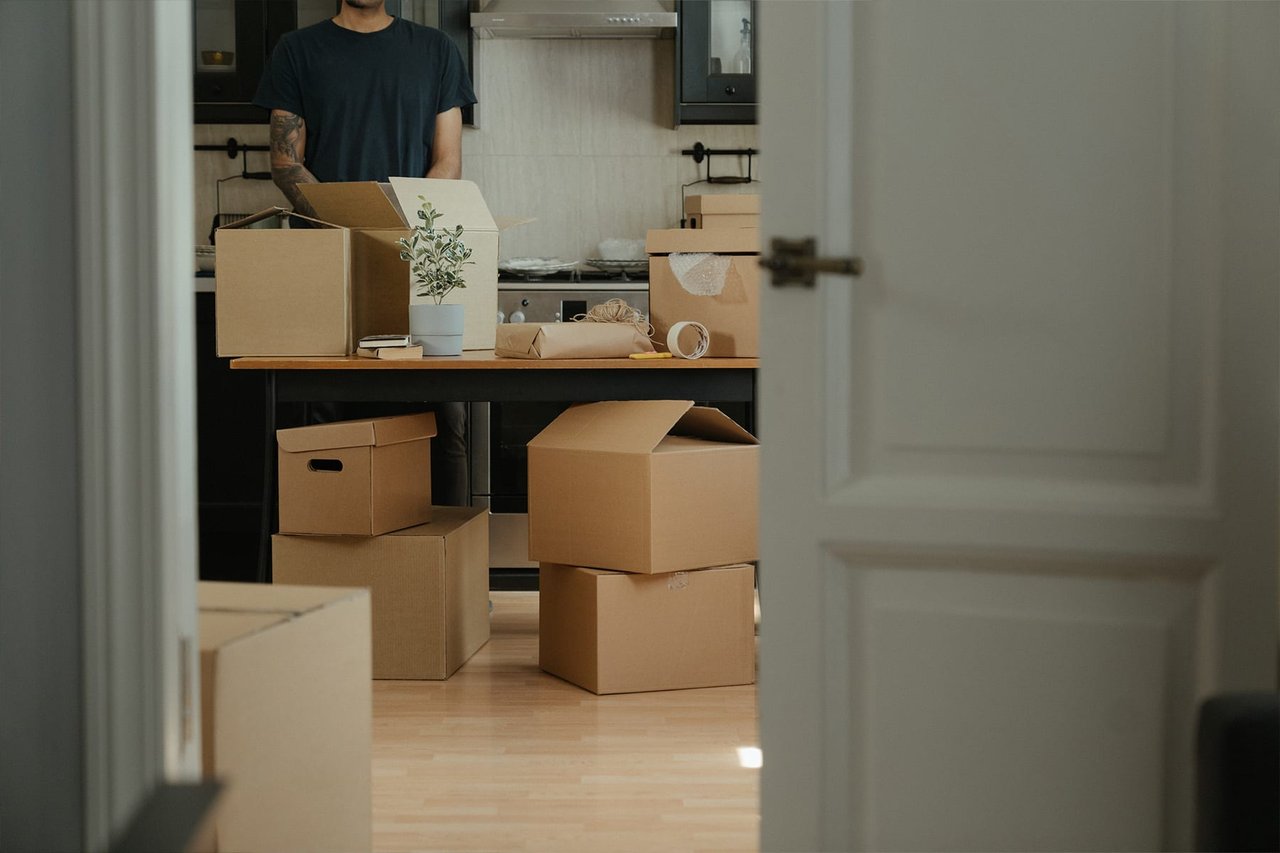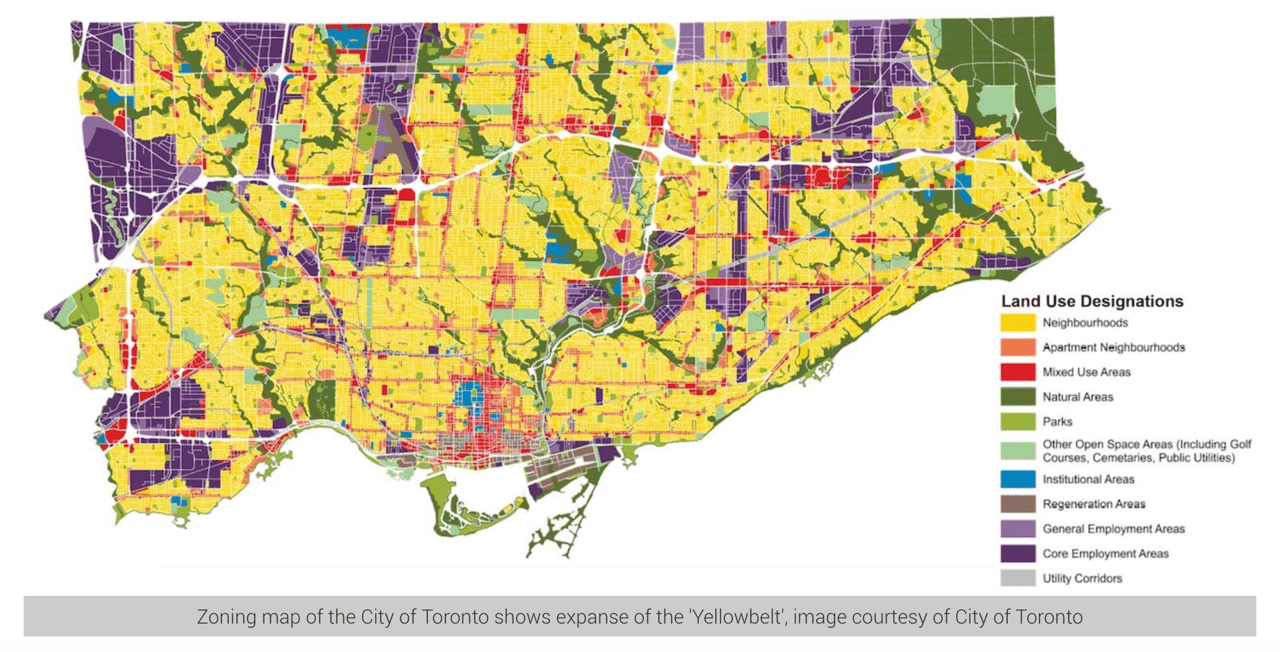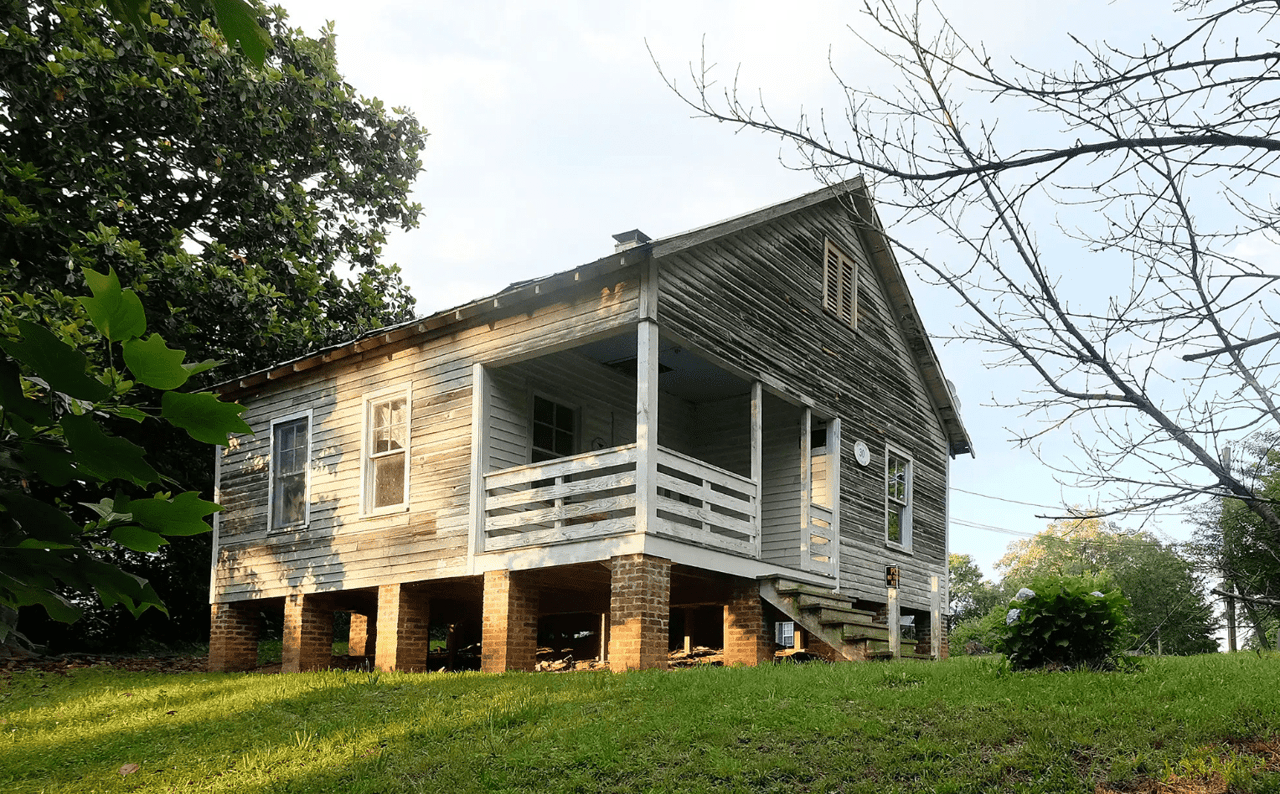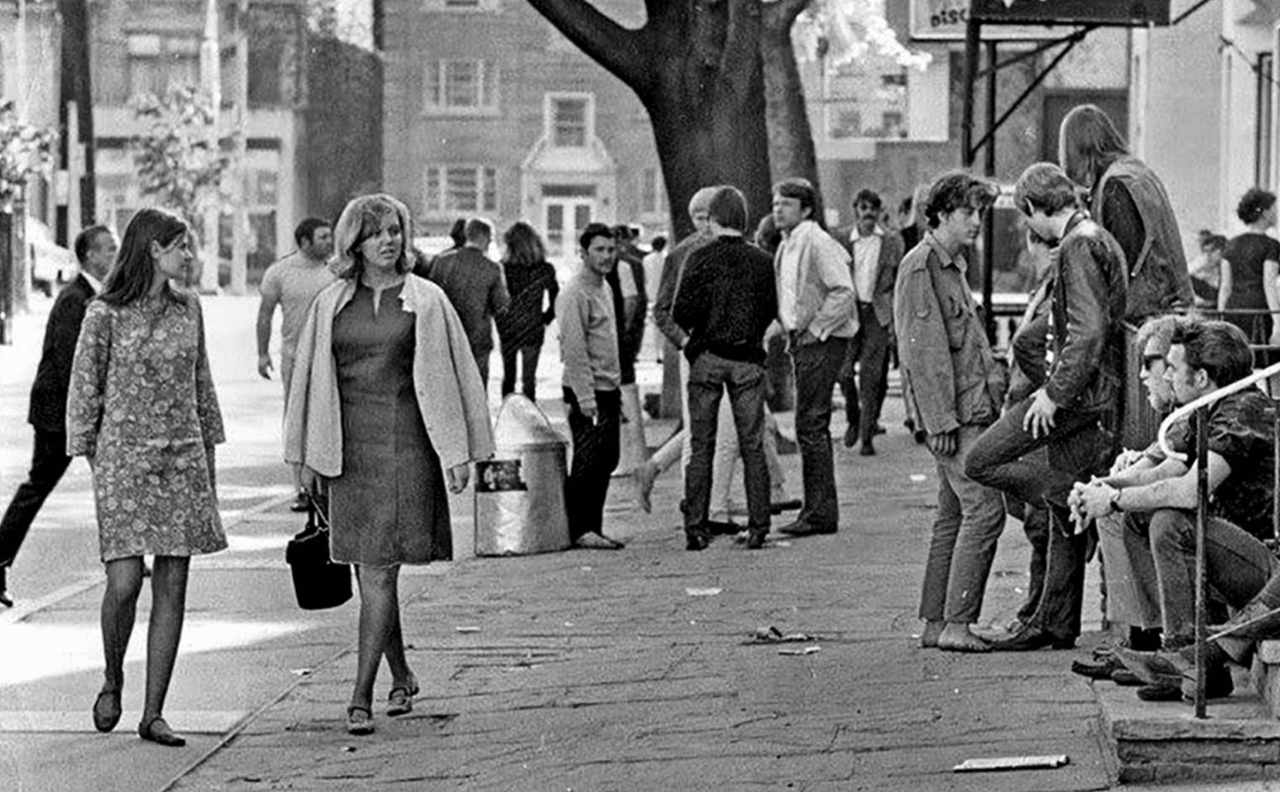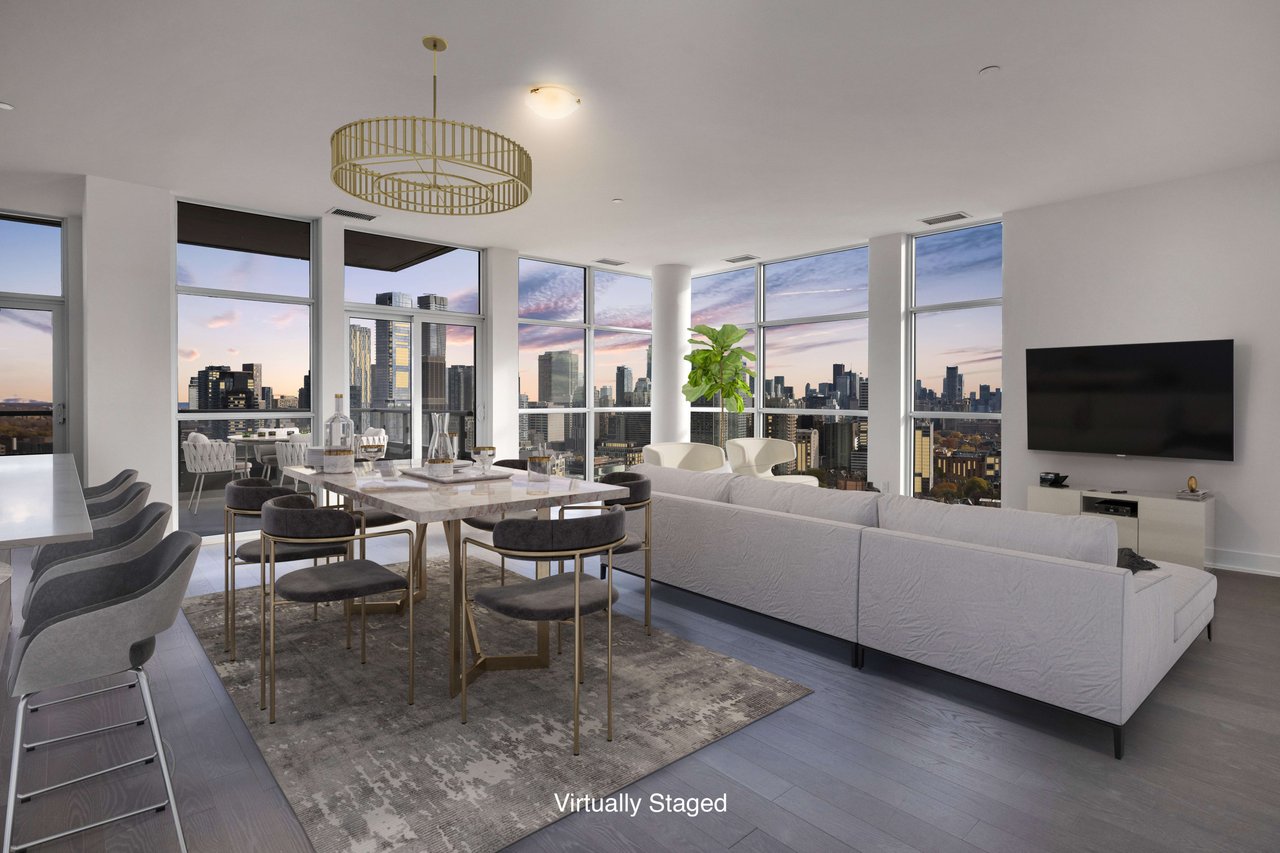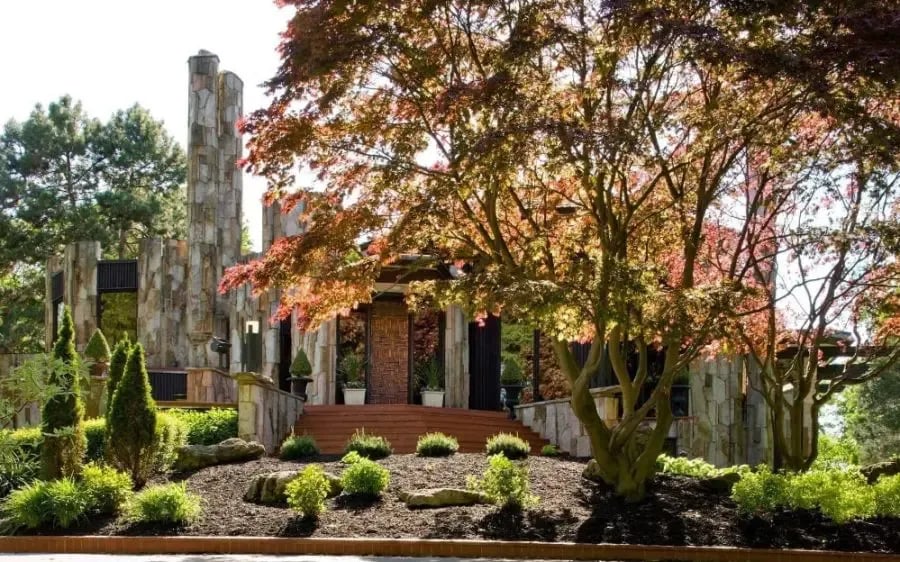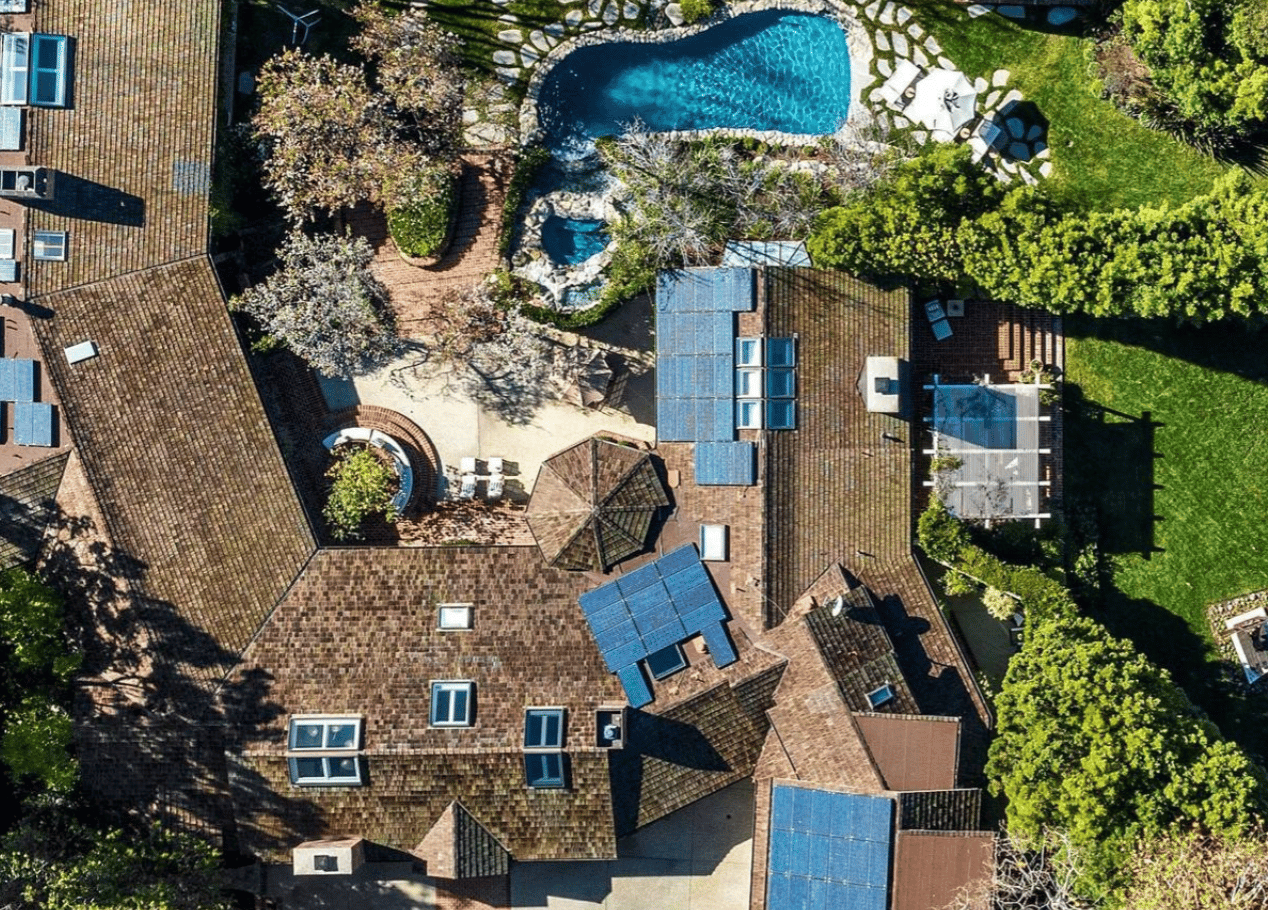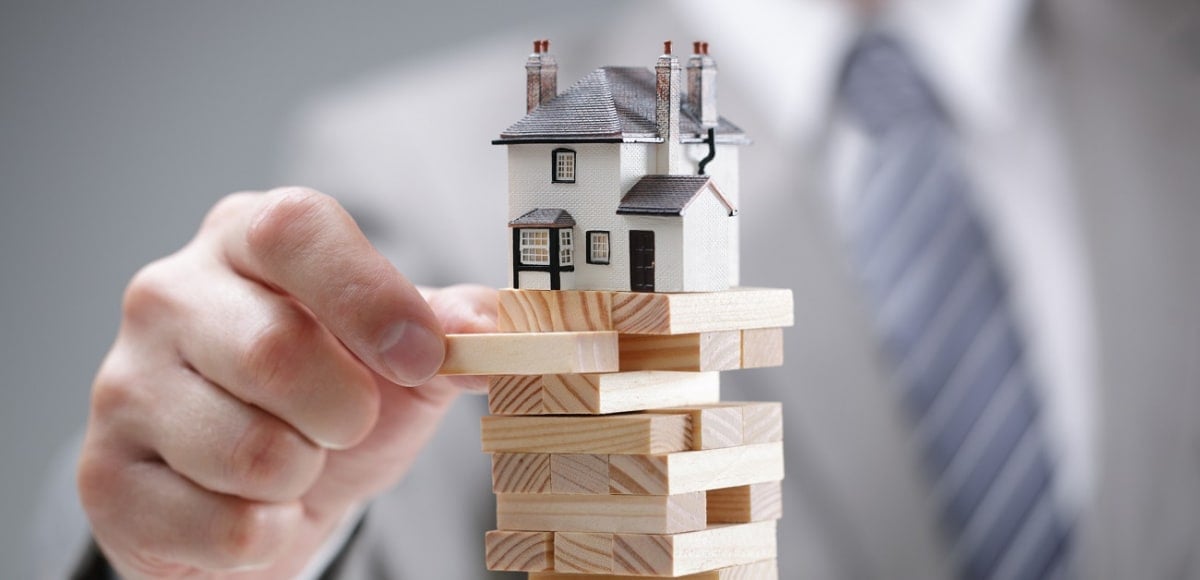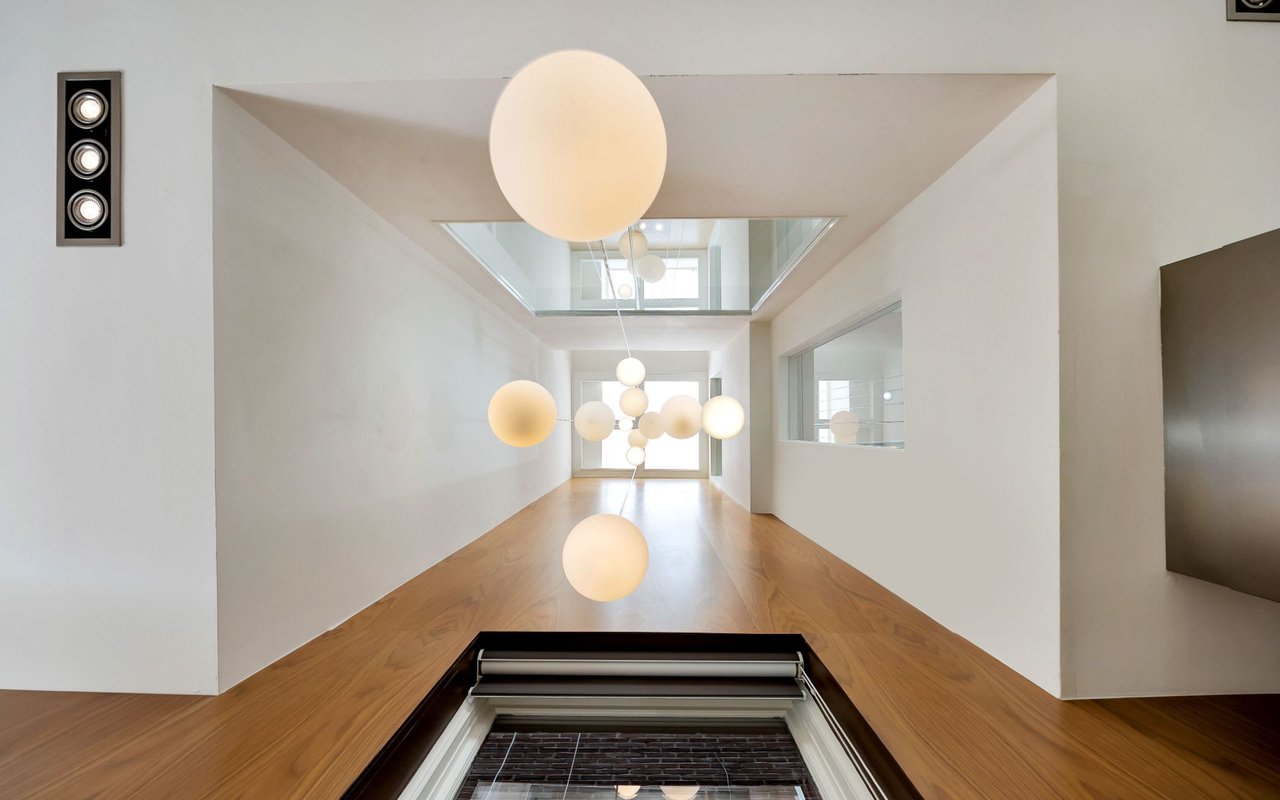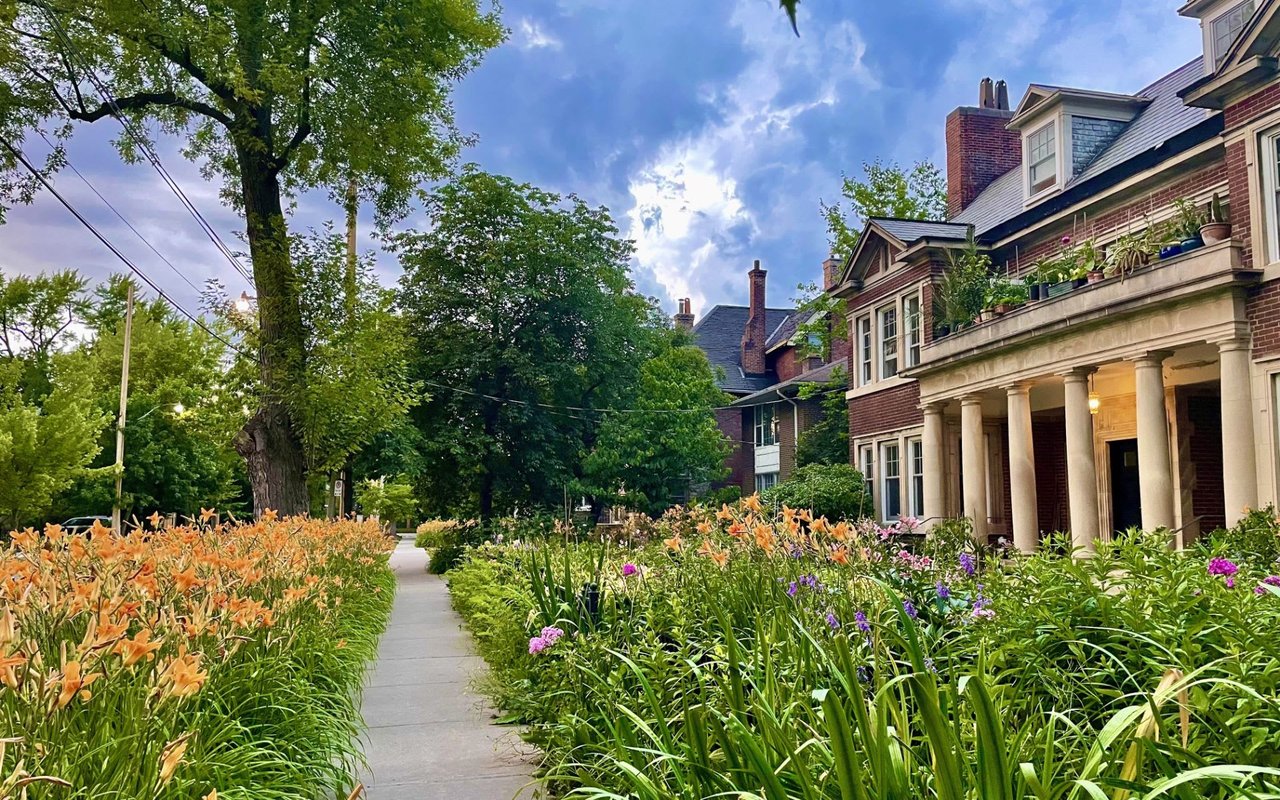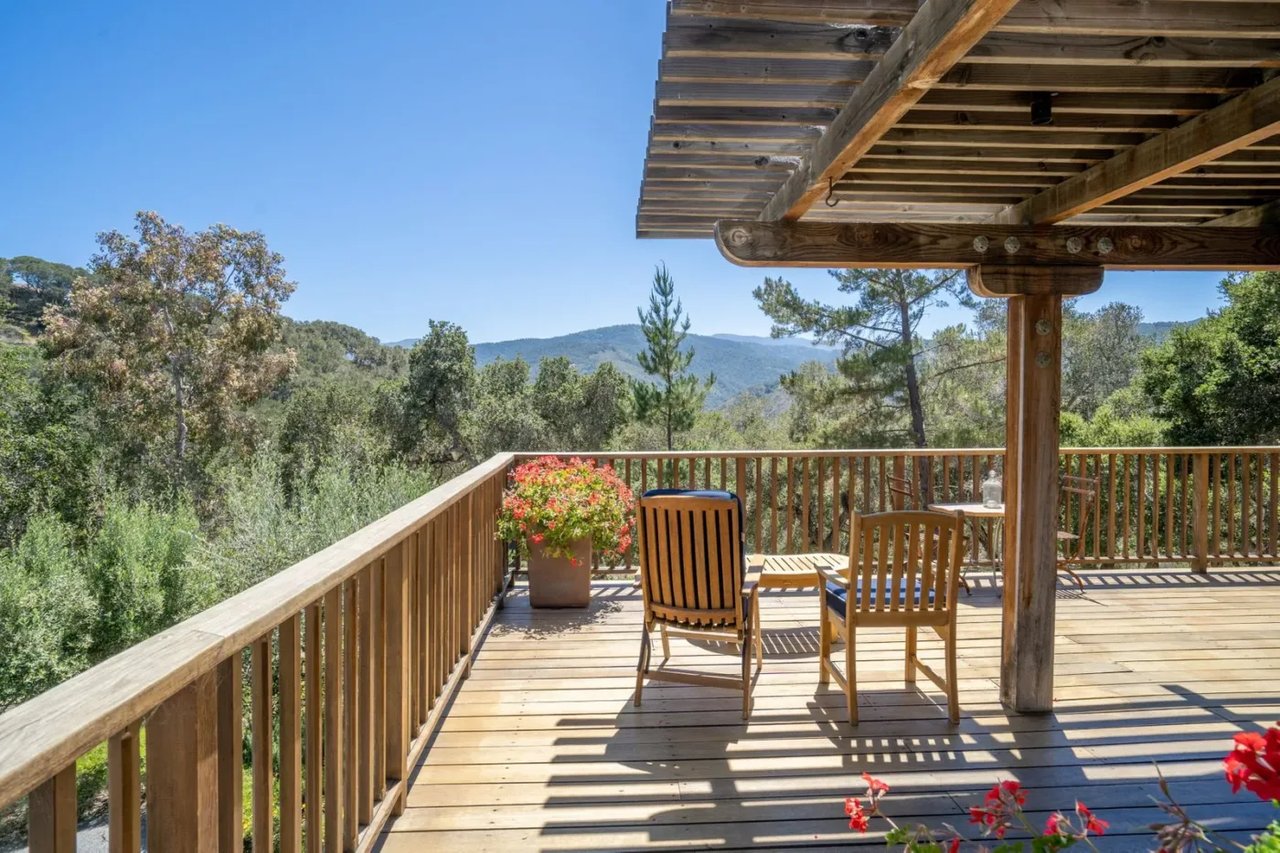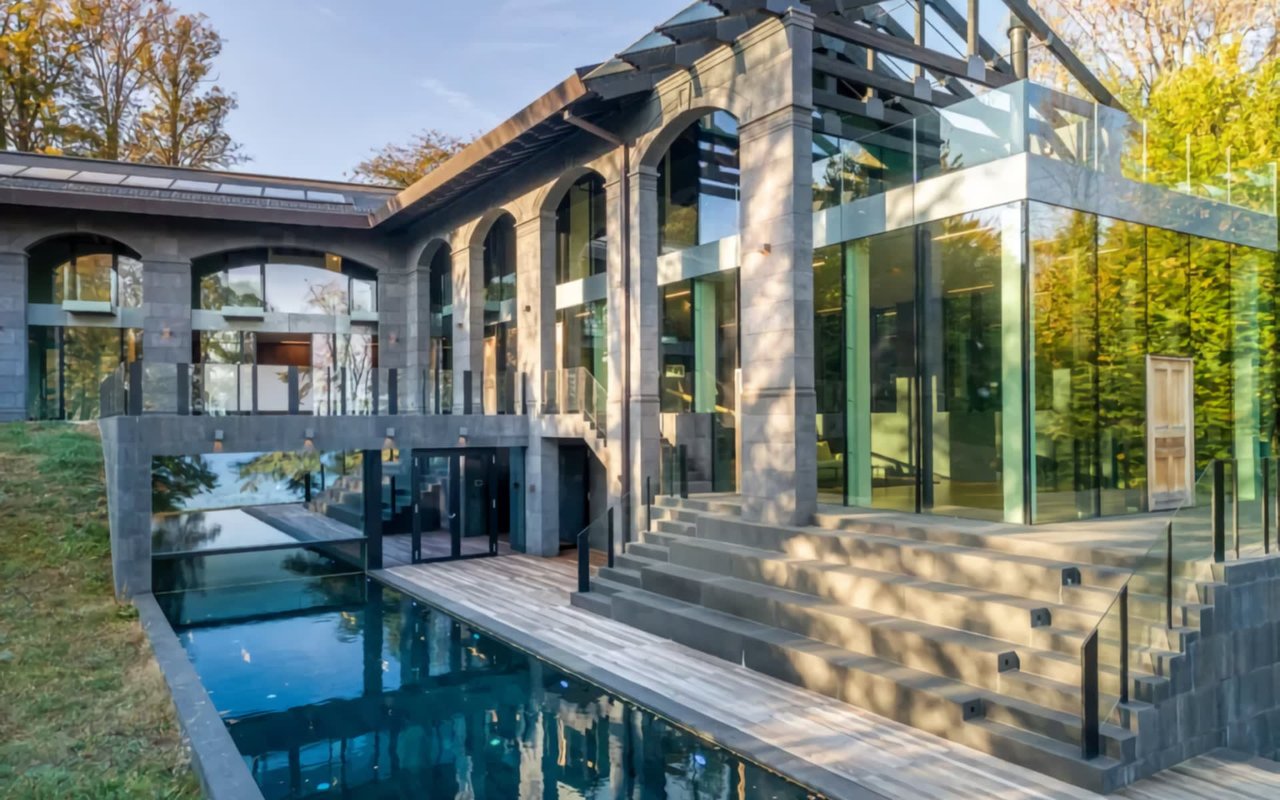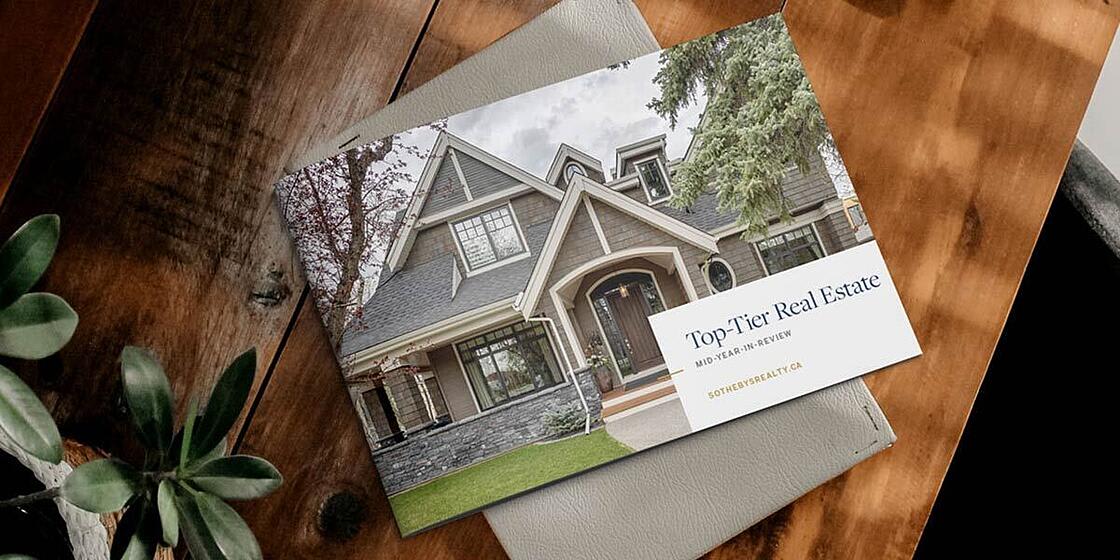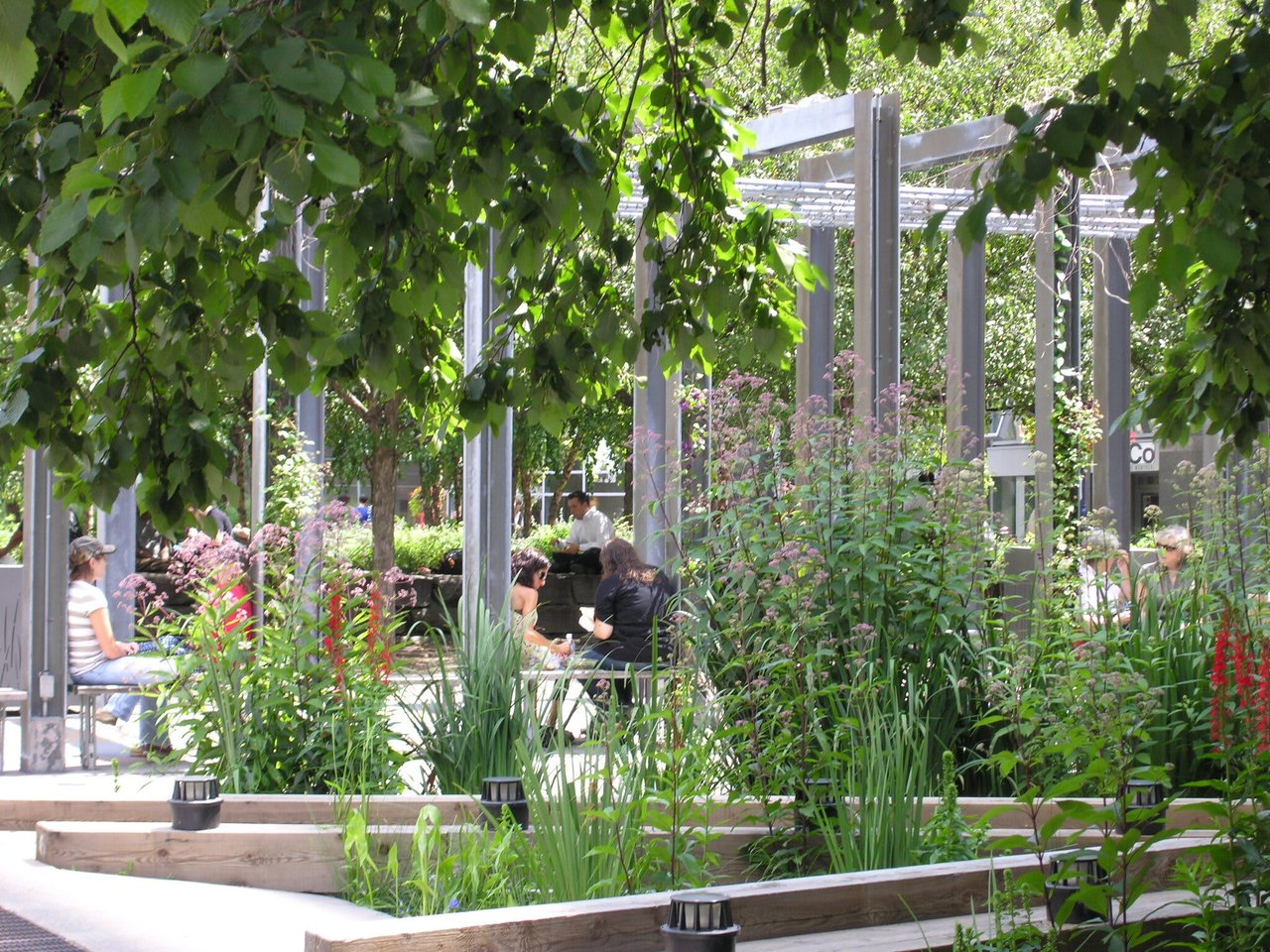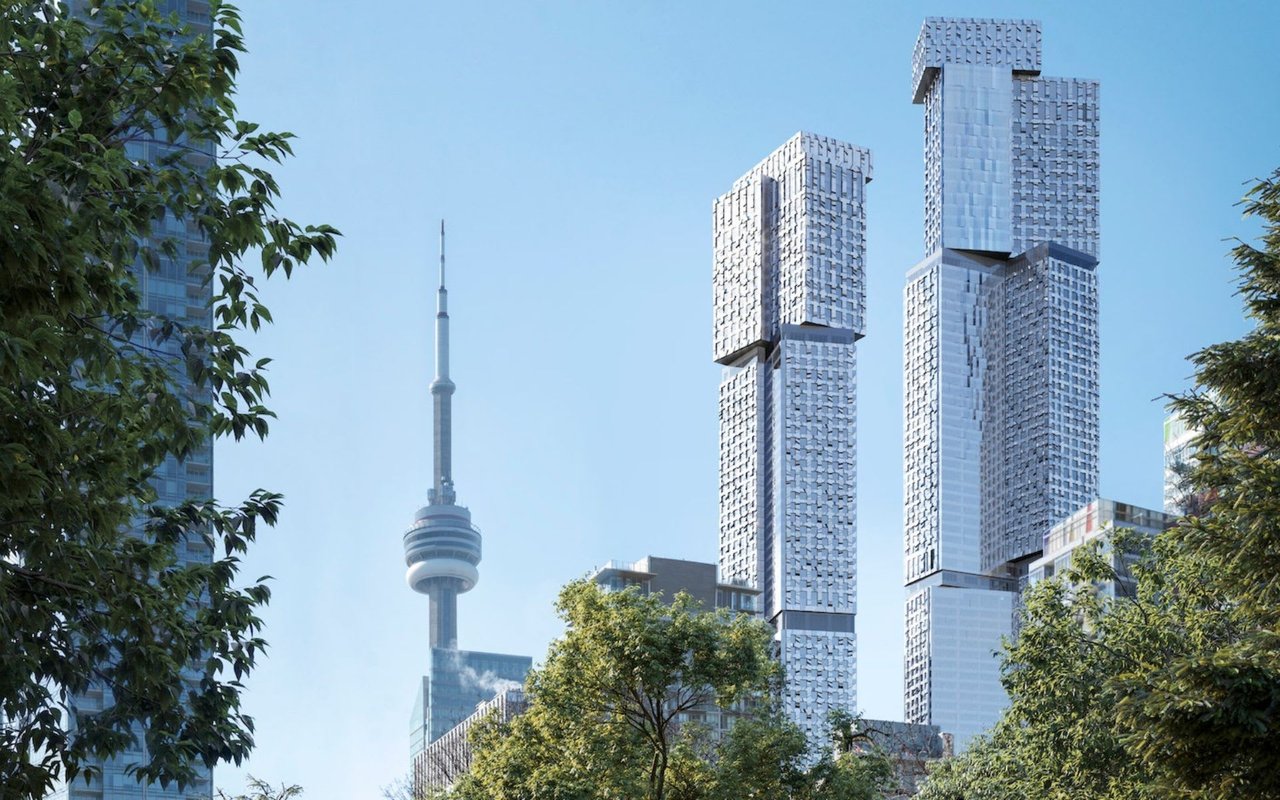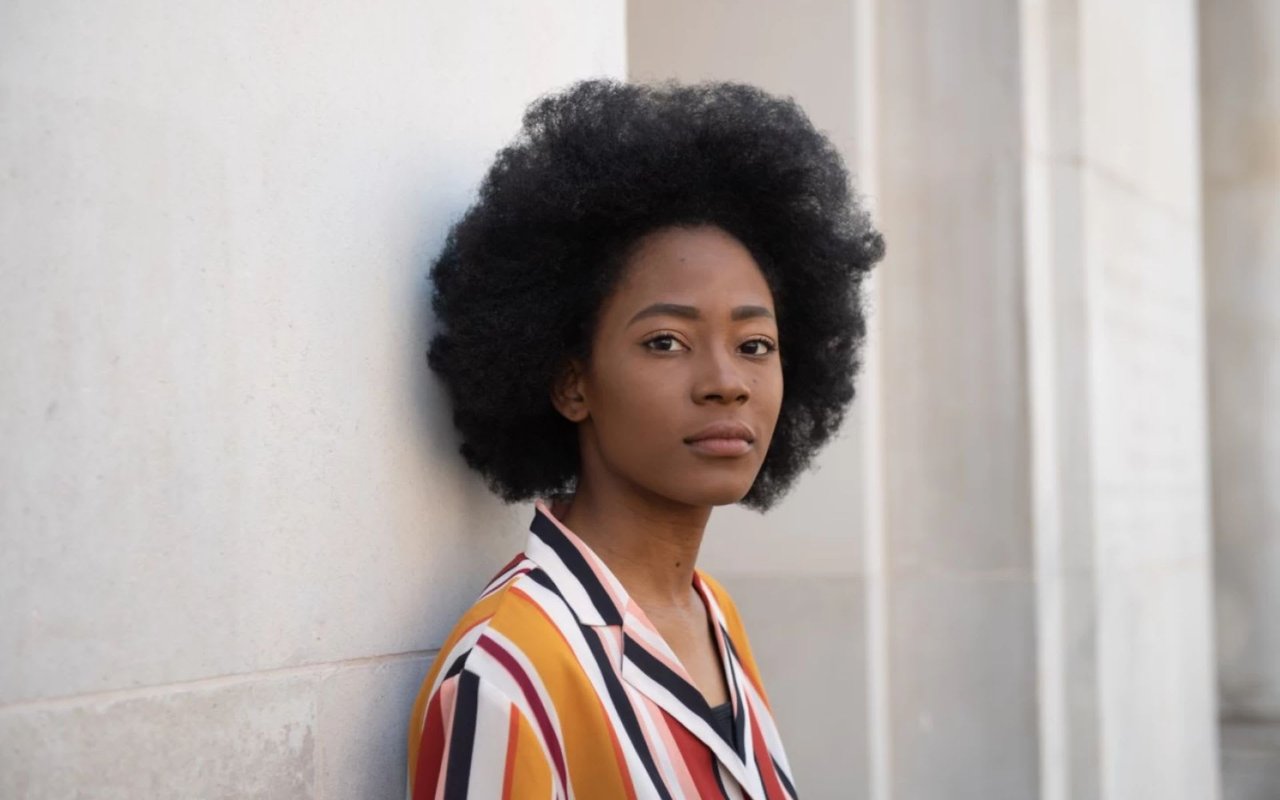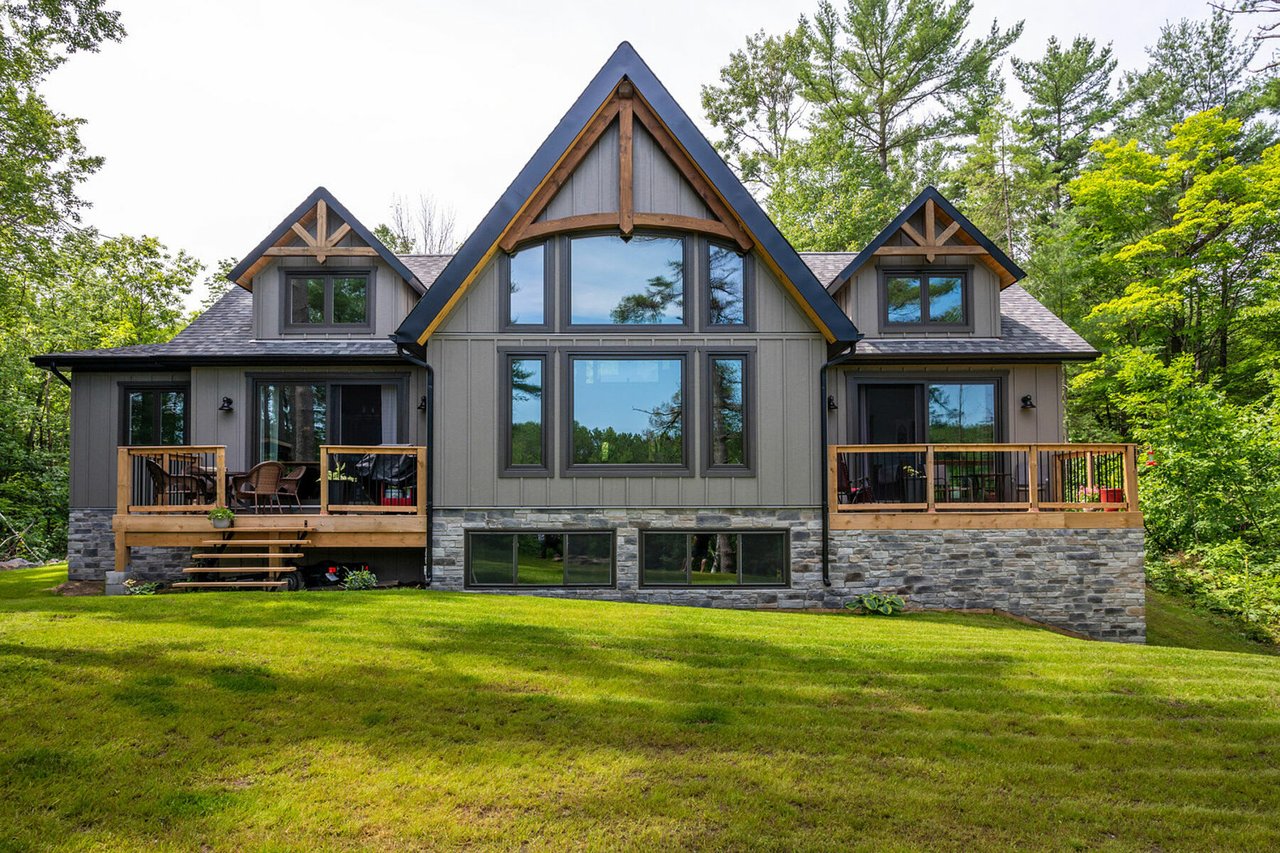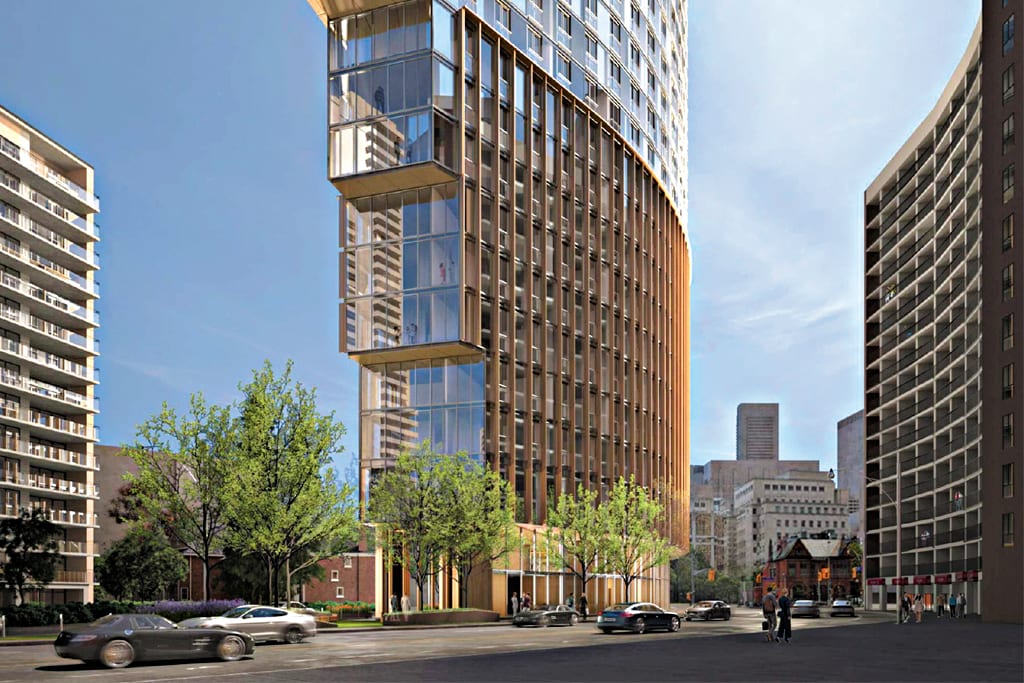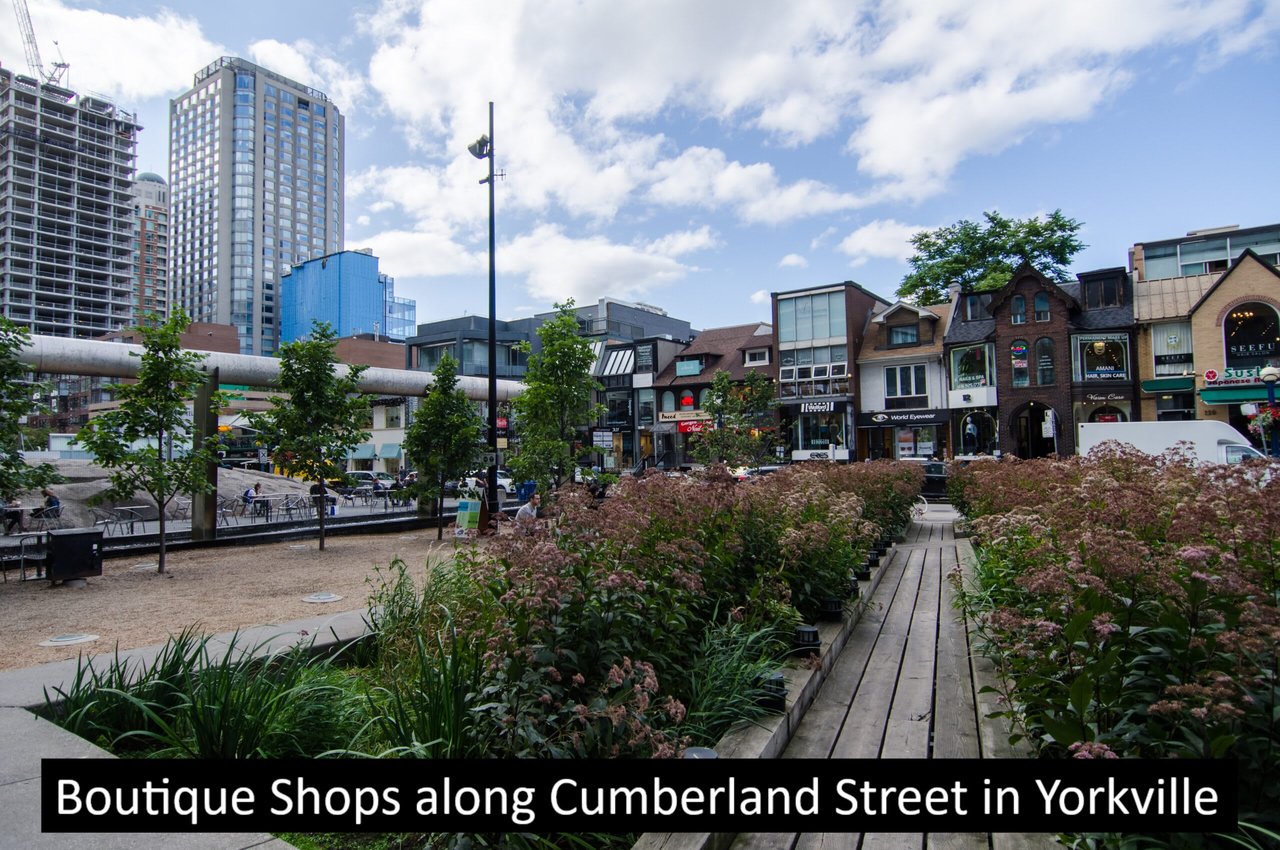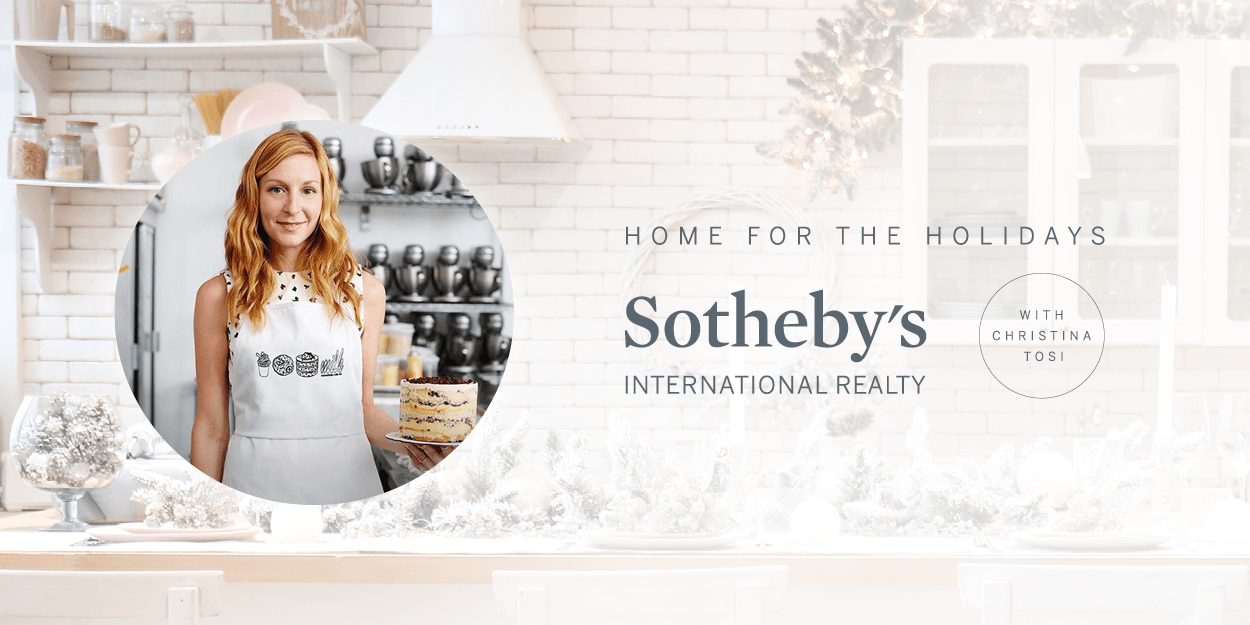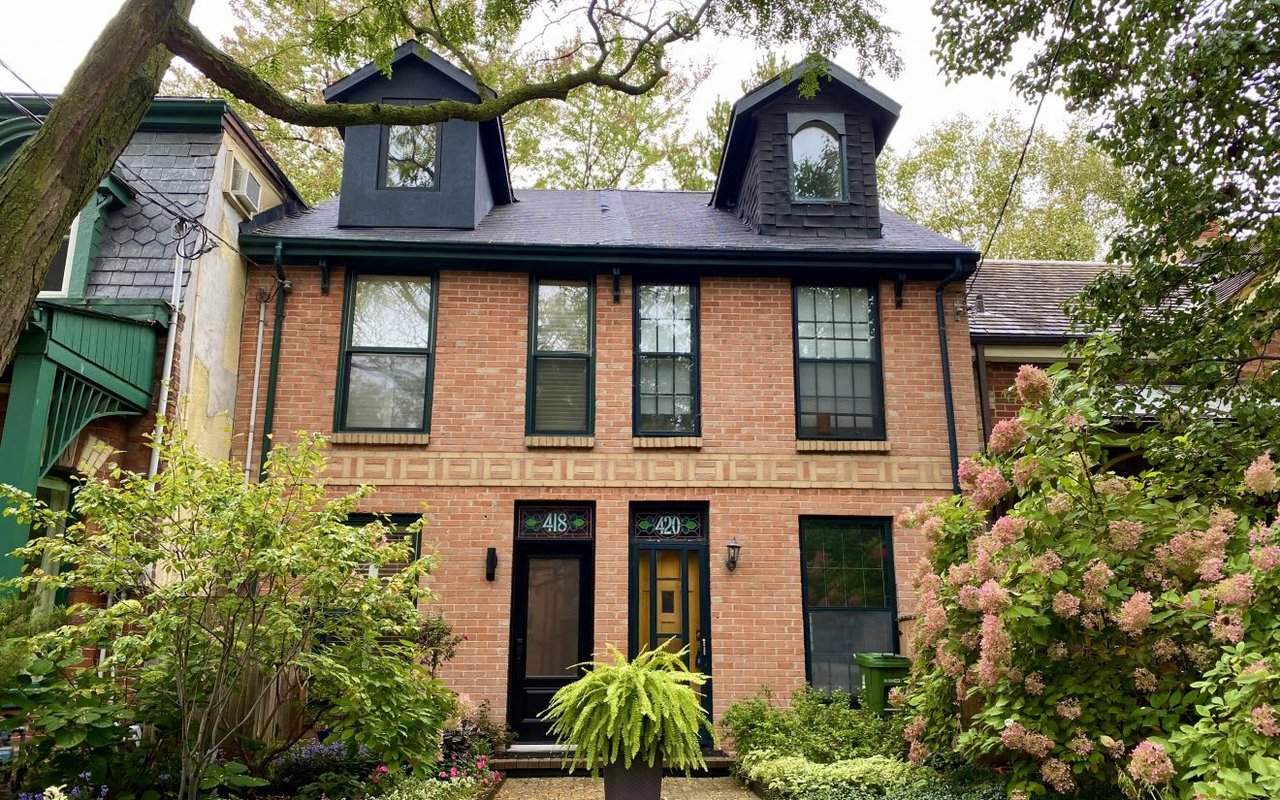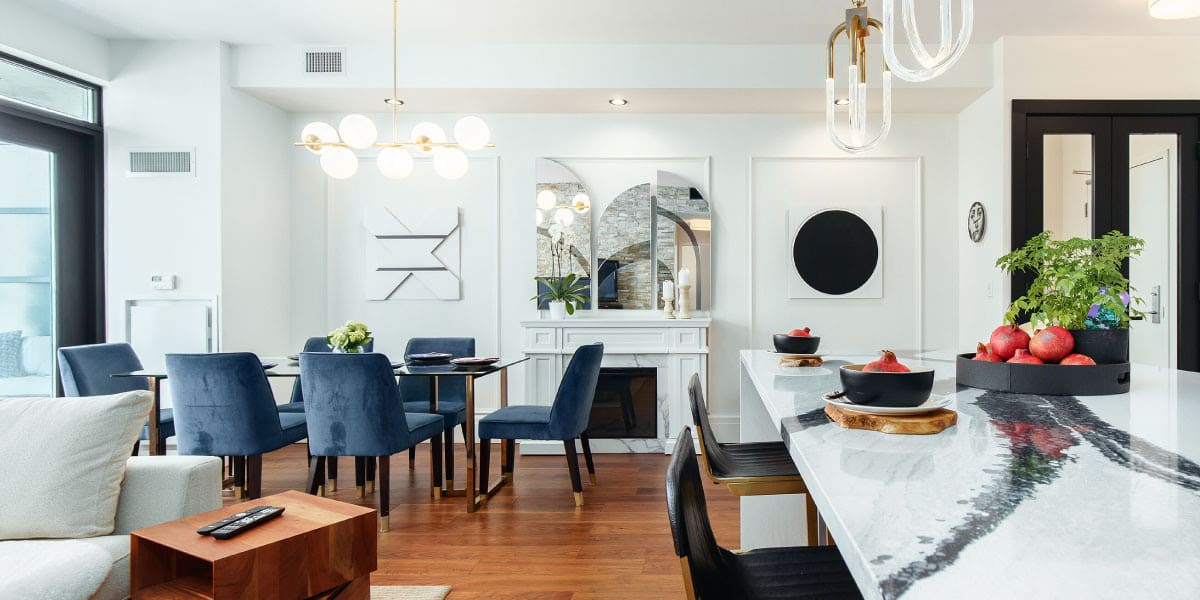You know the feeling of walking into a room and immediately feeling drawn to a certain area whether it’s a cozy seating nook or an interesting collection on the mantel? If you can’t quite put your finger on what it is about the space or group of objects that seem alluring, there’s a good chance that its texture.
More subtle than color, form, or pattern, the texture is perceived both by sight and touch. Plus, elements with a texture often inspire one to imagine what something feels like without touching it. For example, a chunky, woven throw blanket draped over a sofa has a distinctive texture, and one can perceive the softness and warmth just by looking at the blanket.
Let’s take a look at 10 ways to use texture and how this understated quality can bring more warmth, depth, and interest to the home.
1. Bring on the Layers Add interest to neutral bedrooms with piles of quilted coverlets, pillows, and knit throws. The more variety of textures, the better. The layered-texture effect not only makes it easy to pull up blankets for extra warmth, but it also makes the bed feel all the cozier and inviting. For even more softness, add gauzy curtains and a plush bedside rug or carpeting.
2. Leave a Wall Exposed If you’re lucky enough to have inherited brick as a building material, by all means, leave it exposed. Even in unexpected places like a bathroom or a hallway, the texture of the brick will lend depth and interest to the room, instantly giving it a sense of character. Industrial building materials like concrete or exposed metal pipes can also add texture to a space.
3. Double Down on Rugs Don’t hesitate to layer rugs to bump up the texture in a space. For a winning combination, pair a neutral-colored rug that has lots of texture with a patterned one.
For example, the designer of this room used a natural-fiber rug to add more warmth to the white-and-gray seating area, layered with a smaller patterned rug for a hit of color. Alternatively, lay a high-texture accent rug on top of a patterned area rug.
4. Display Textural Objects as Art Elevate everyday objects made of interesting textural materials like old farm tools, interesting seedpods, woven baskets, or antique metal buckets by presenting them in unexpected ways. Display larger items, like this pair of woven metal Portuguese eel traps, against blank backdrops to show off their textural quality through contrast.
5. Splurge for Textured Wallpaper Adding textured wallpaper can be a great way to make a space luxurious without looking too over-the-top. When choosing textured wallpaper, keep in mind the effect you’d like to create in the room. Satin finishes have a smooth texture that reflects some light, giving a baroque-like feeling of opulence. Matte-textured and embossed wallpapers can help create a rich library-like feel.
6. Go Plush With Velvet Really make a textural statement with a sofa or a cushy seat upholstered in sumptuous, butter-soft velvet. Balance the indulgent look and feel of velvet by keeping other furnishings and elements in the room more sparse, hard-edged, and contemporary.
7. Look for Texture in NatureUsing natural elements as accent pieces in the home sets a laid-back mood and can help modern spaces feel more lived-in. Here, a metal firewood rack is designed to show off the delicate peeling bark and rough texture of the logs as a wall-mounted sculpture.
Other ways to use natural elements to bump up texture: Fill a low bowl with knobby pine cones or line up smooth river stones along the mantel.
8. Throw Down a Sheepskin Yes, they’ve been trendy in recent years, but adding a sheepskin, or a synthetic alternative, is still one of the easiest ways to instantly bump up the coziness of a room. With their pillow-soft texture and over-the-top fluffiness, sheepskins are particularly effective in making hardwood floors and stiff furniture look warm and inviting.
9. Add a Textured Backsplash Modern kitchens are often filled with smooth surfaces a texture that can feel a bit cold and sterile. Break up an expanse of smooth textures while still keeping a contemporary look with three-dimensional tile used as a backsplash.
For a more homey, farmhouse feel in your kitchen, look for ways to add texture to the space, such as laying down a braided rug, displaying glass jars filled with dry goods on the countertop or using a woven basket as a fruit bowl.
10. Add Textural Layers on Top of Drywall Don’t have layers of textural building materials hidden behind your drywall? Another option is to apply it on top. Turn a blank wall into a textured statement by attaching reclaimed wood boards, brick veneer or a faux concrete finish to get a similar effect. A wall of wood can give a feeling of warmth and coziness to a room.
Article by Lauren Dunec Hoang – Houzz Editor
